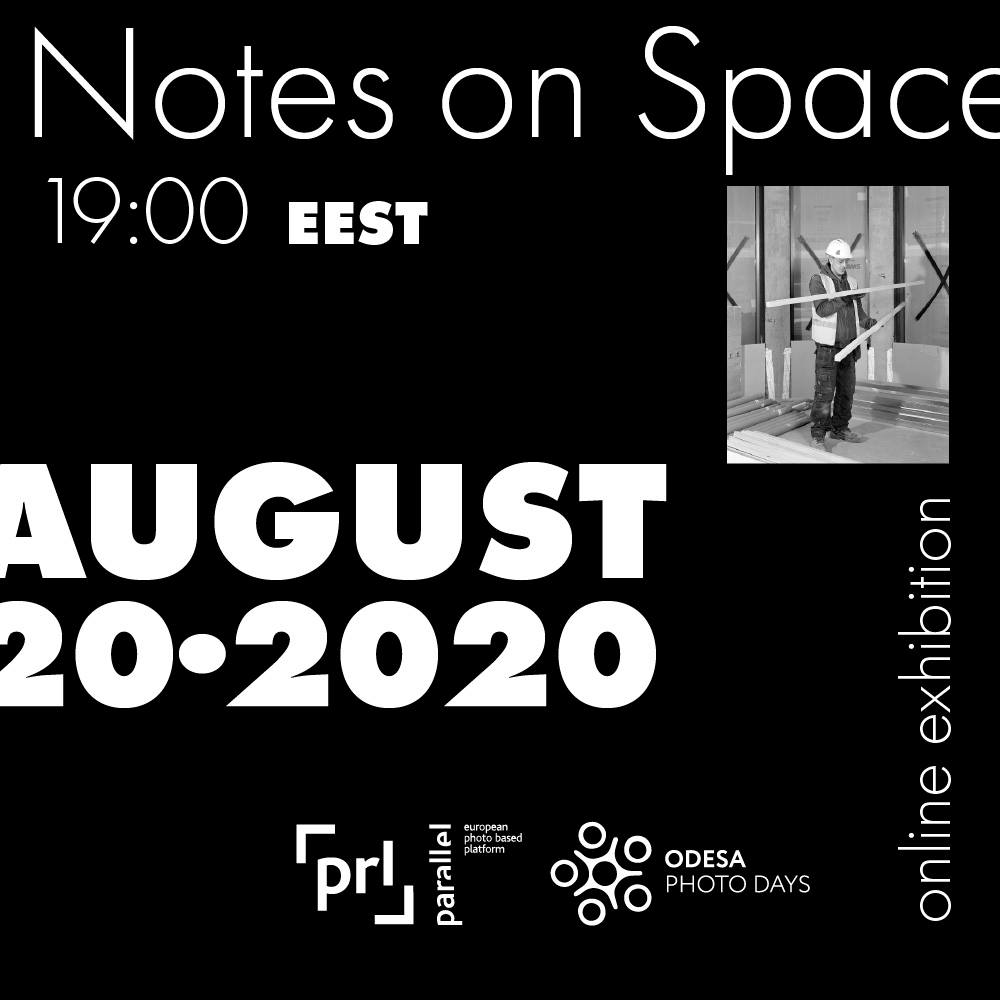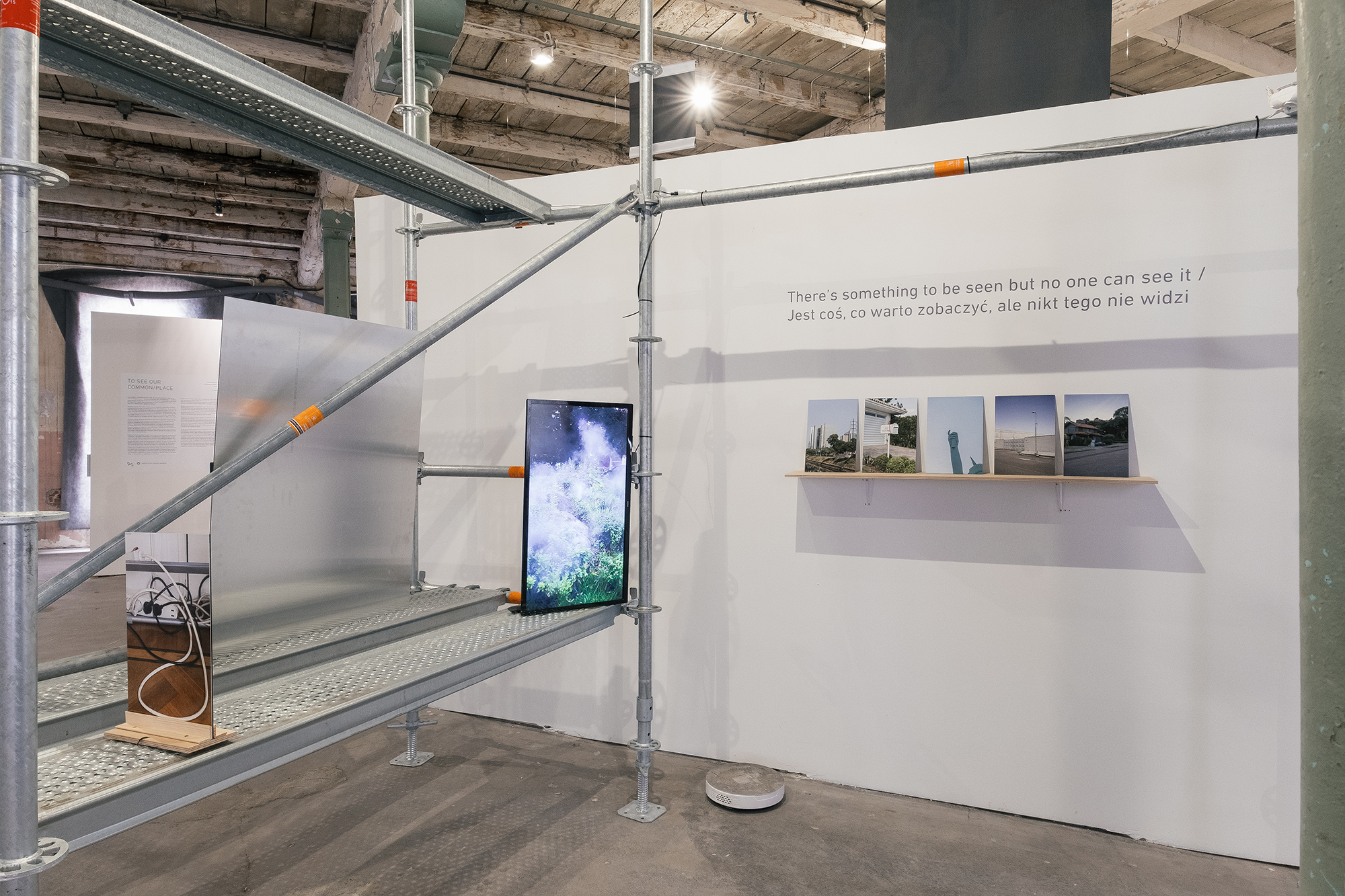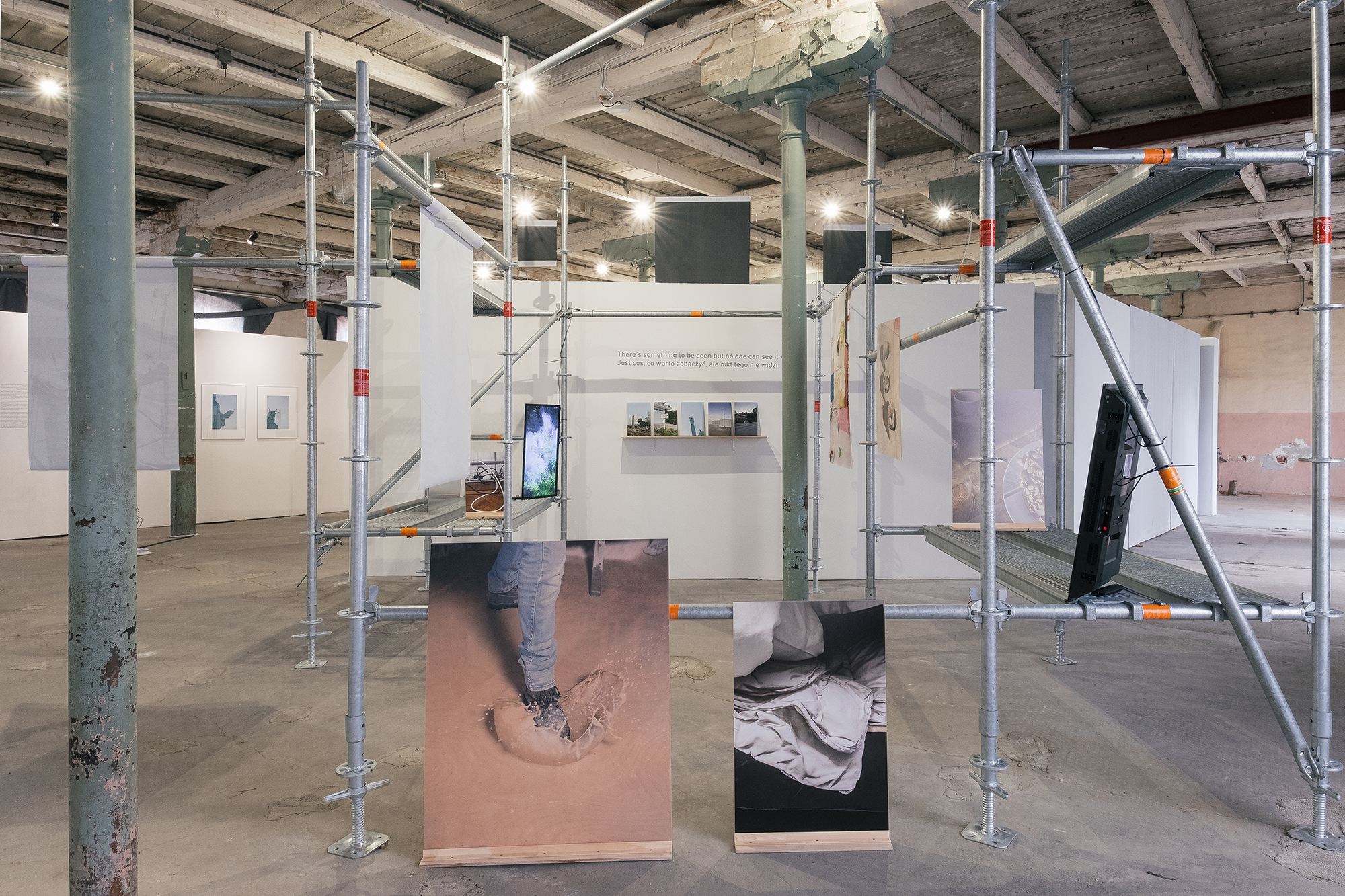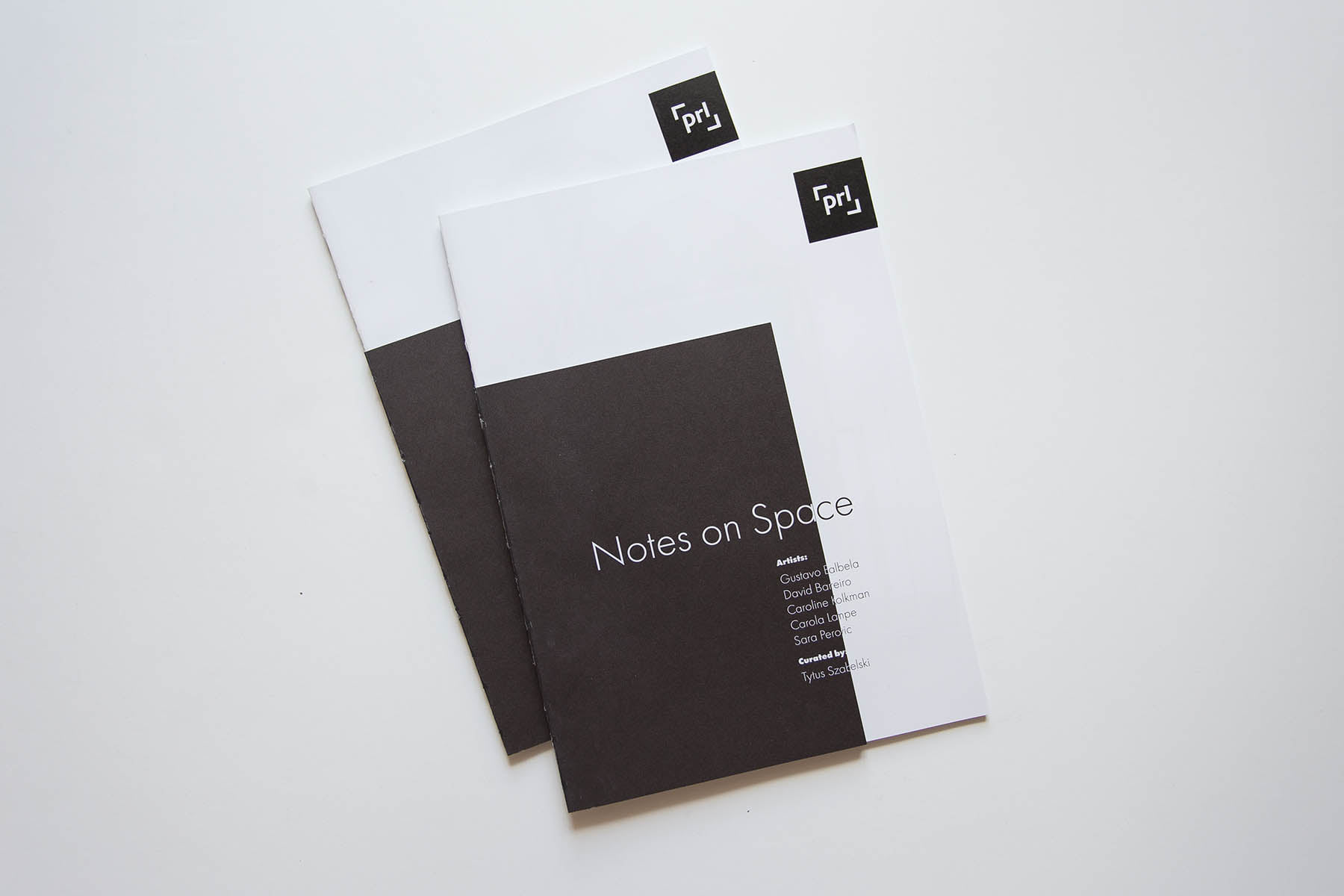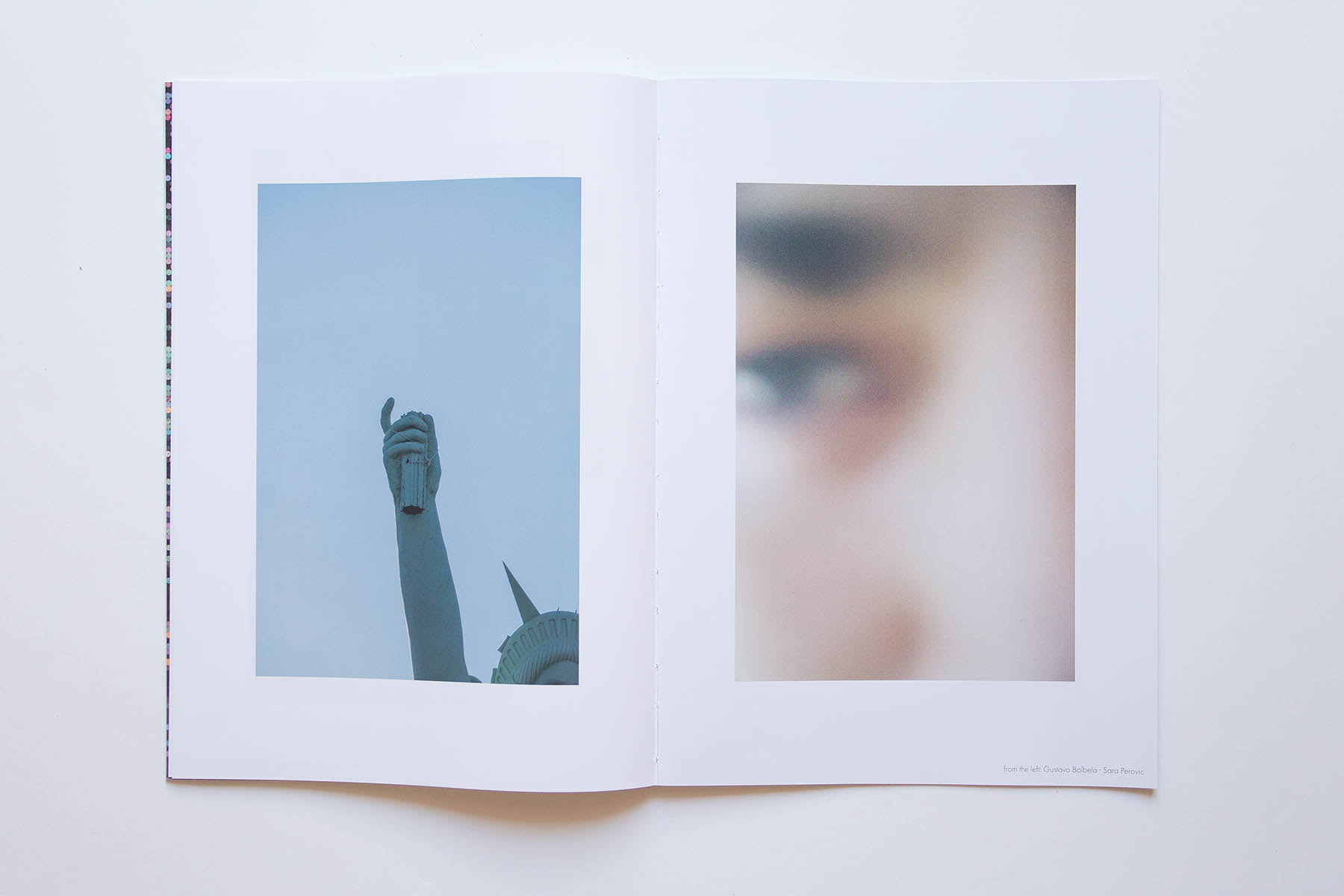Cartas para Ultramares (2019)
??In Letters to Ultramarine I attempt to create an anthology of the discomforts that surround me, collecting fragments from the urban, upper middle class, Latin-American landscape stressed by the echoes of colonialism and the footsteps of globalized capitalism.
As outdated and exogenous models of progress quietly, but violently, shape the environment, I run out of landmarks and out of solid ground to set my feet on. From buildings to trees, everything looks like a function of a culture whose sole purpose is the consumption, but that nevertheless produces nothingness. Anthropocene’s heterogeneous foam expands, suffocating everything, and smashing me between the beauty of the sight and the rage of reality.
It becomes harder and harder to navigate through this space that's hyper-codified, and yet, deprived from deeper meaning. But carefully observing these pieces of absence that surround me, I seek to modulate the unavoidable tension sparked by growing up in this environment where meaningful bonds and experiences are built amid (and, sometimes, drawing from) intense cultural interference.
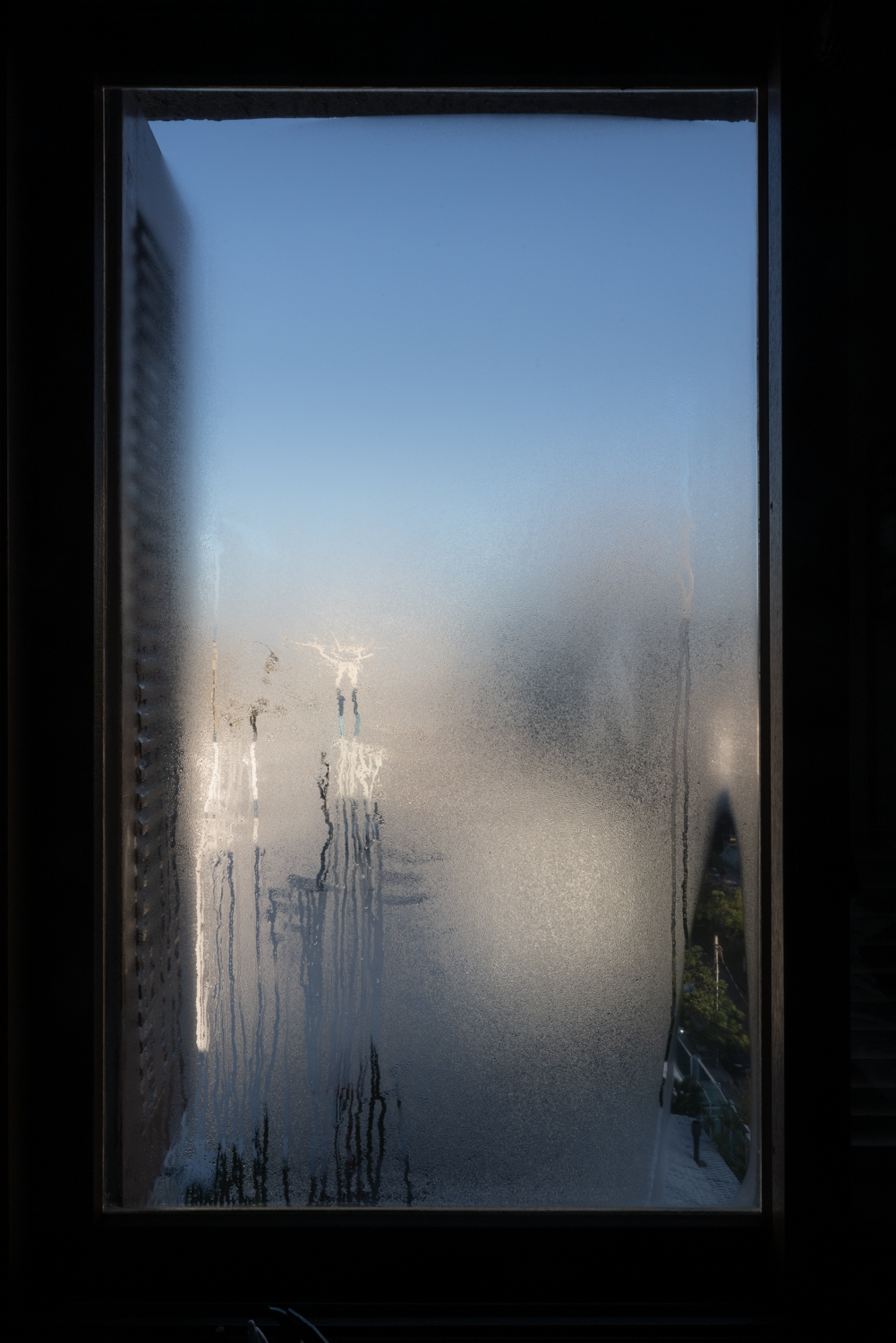
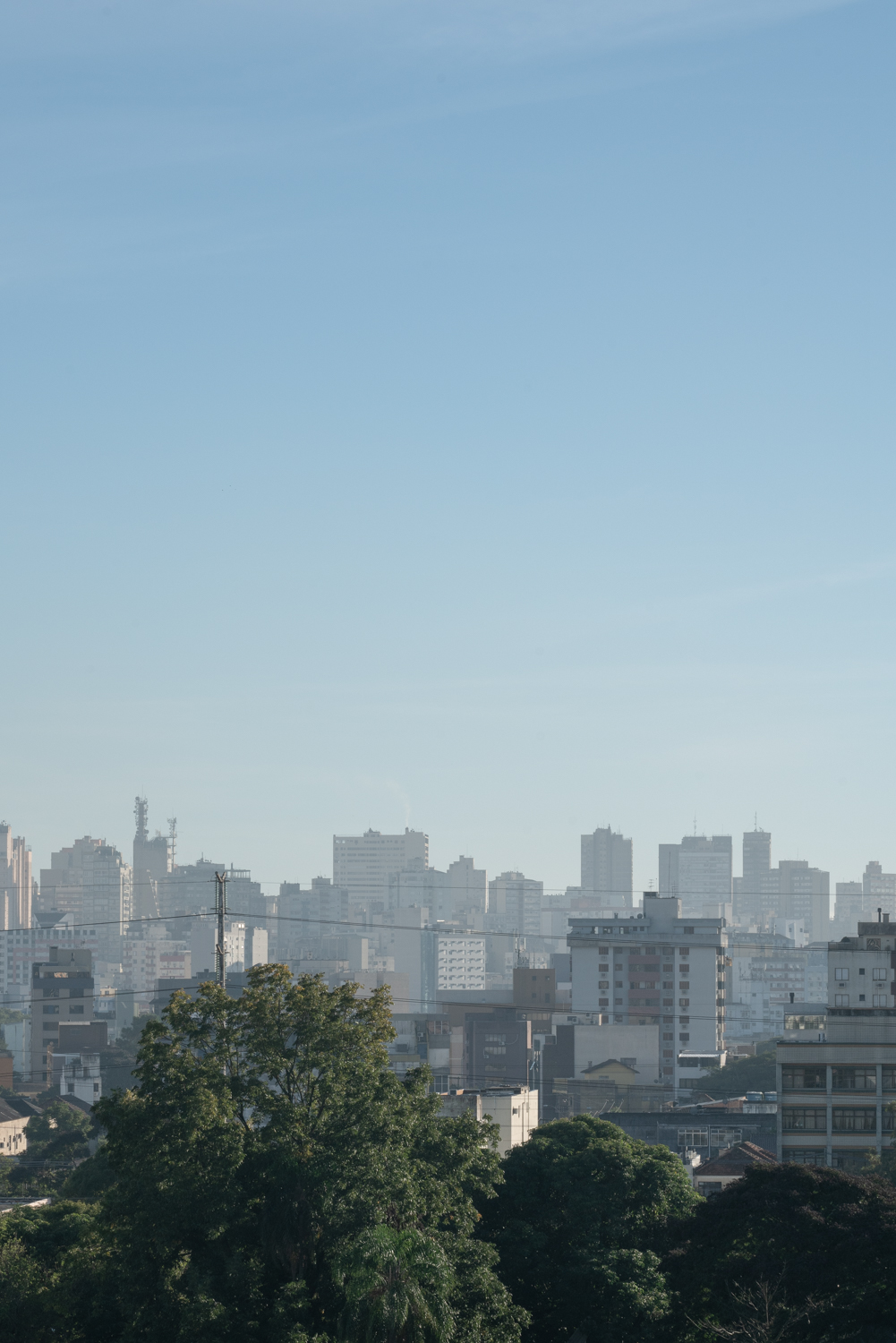
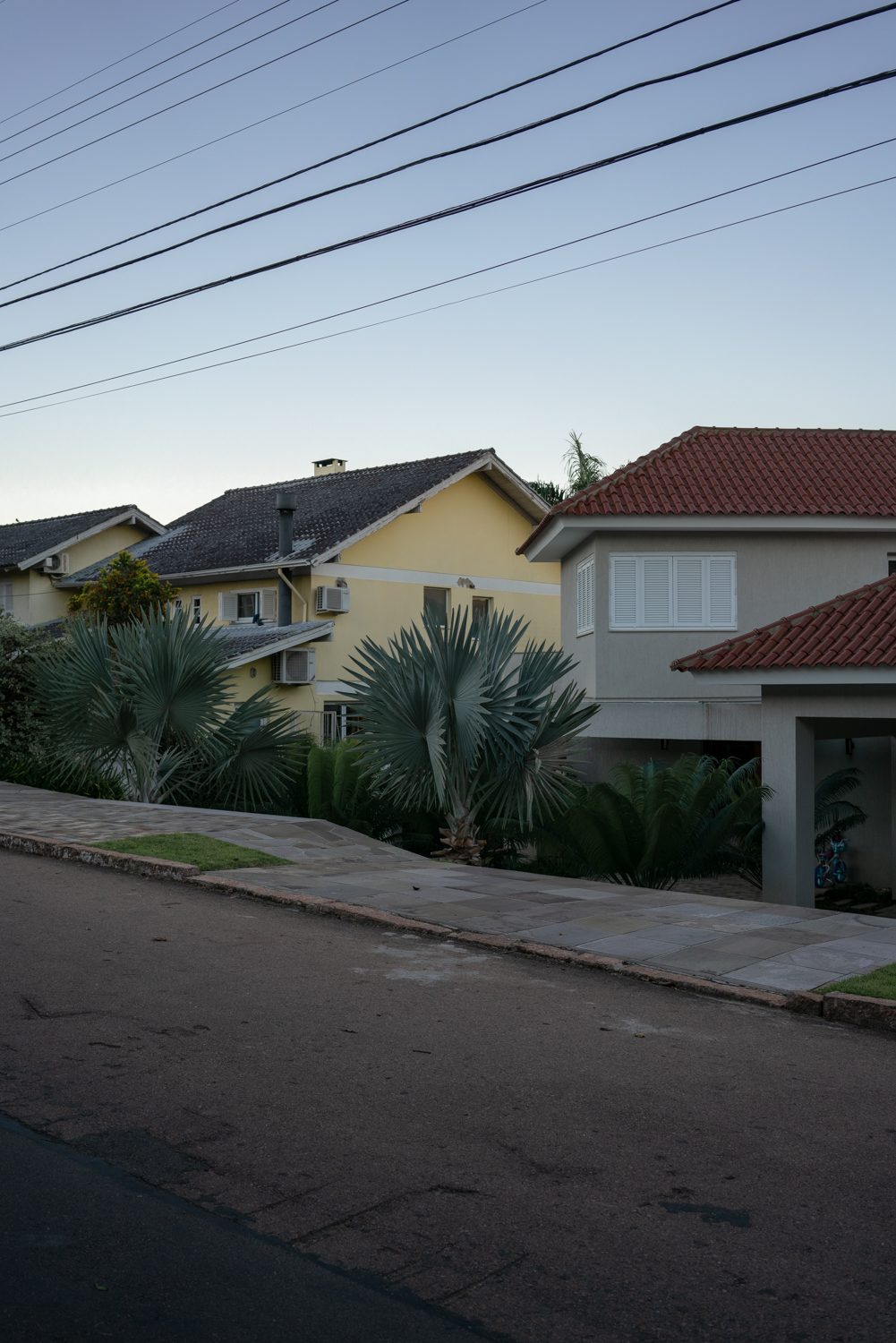
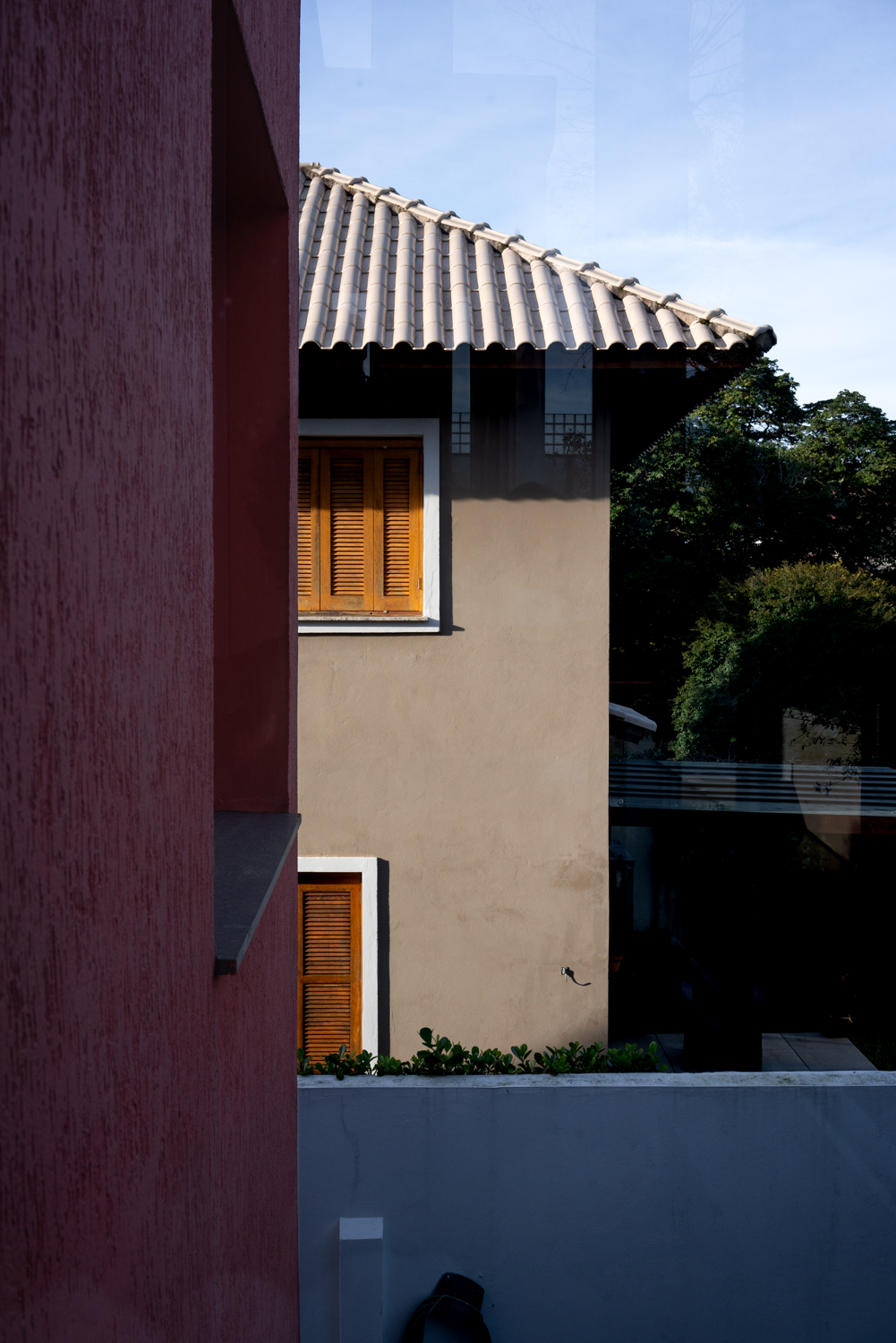
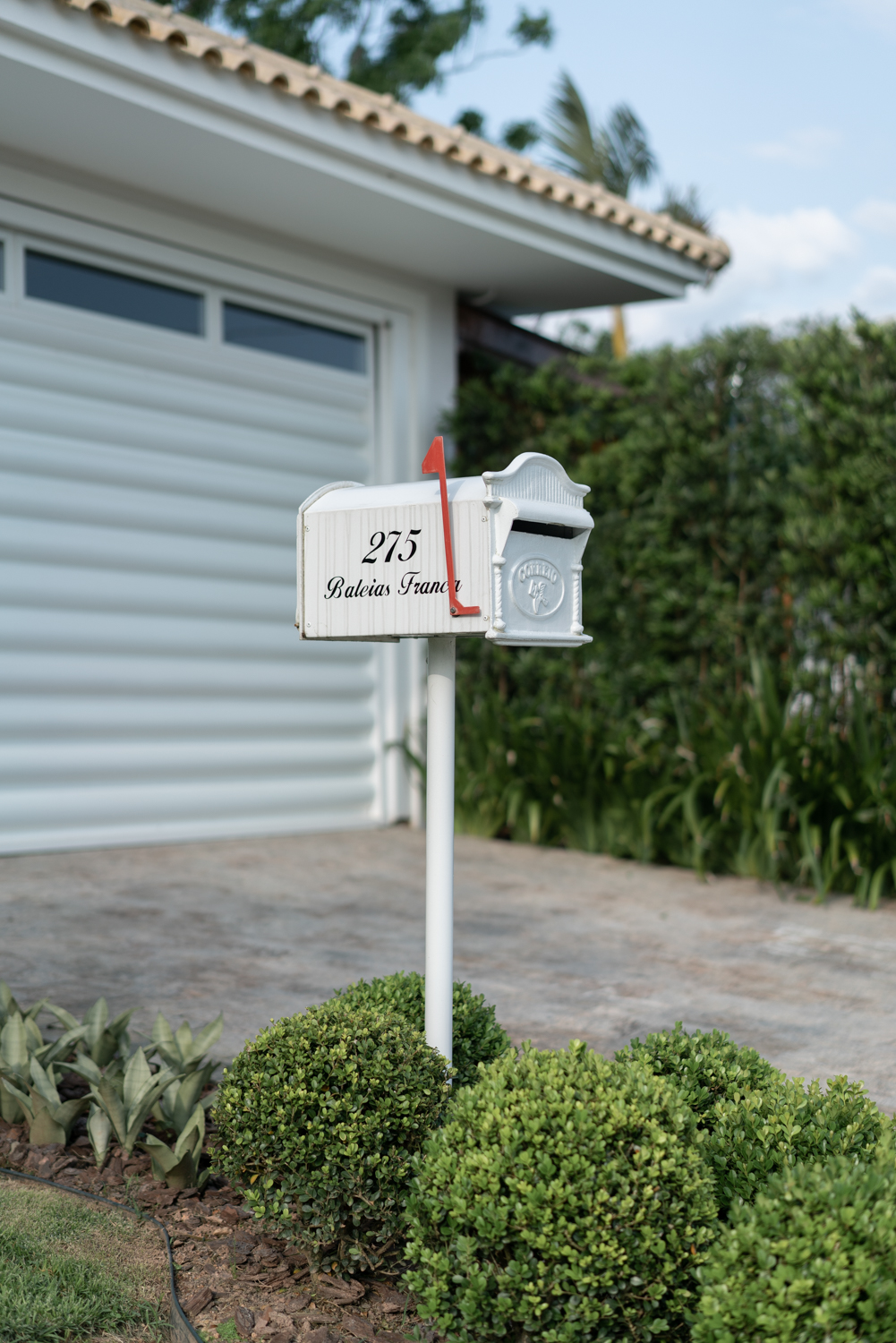
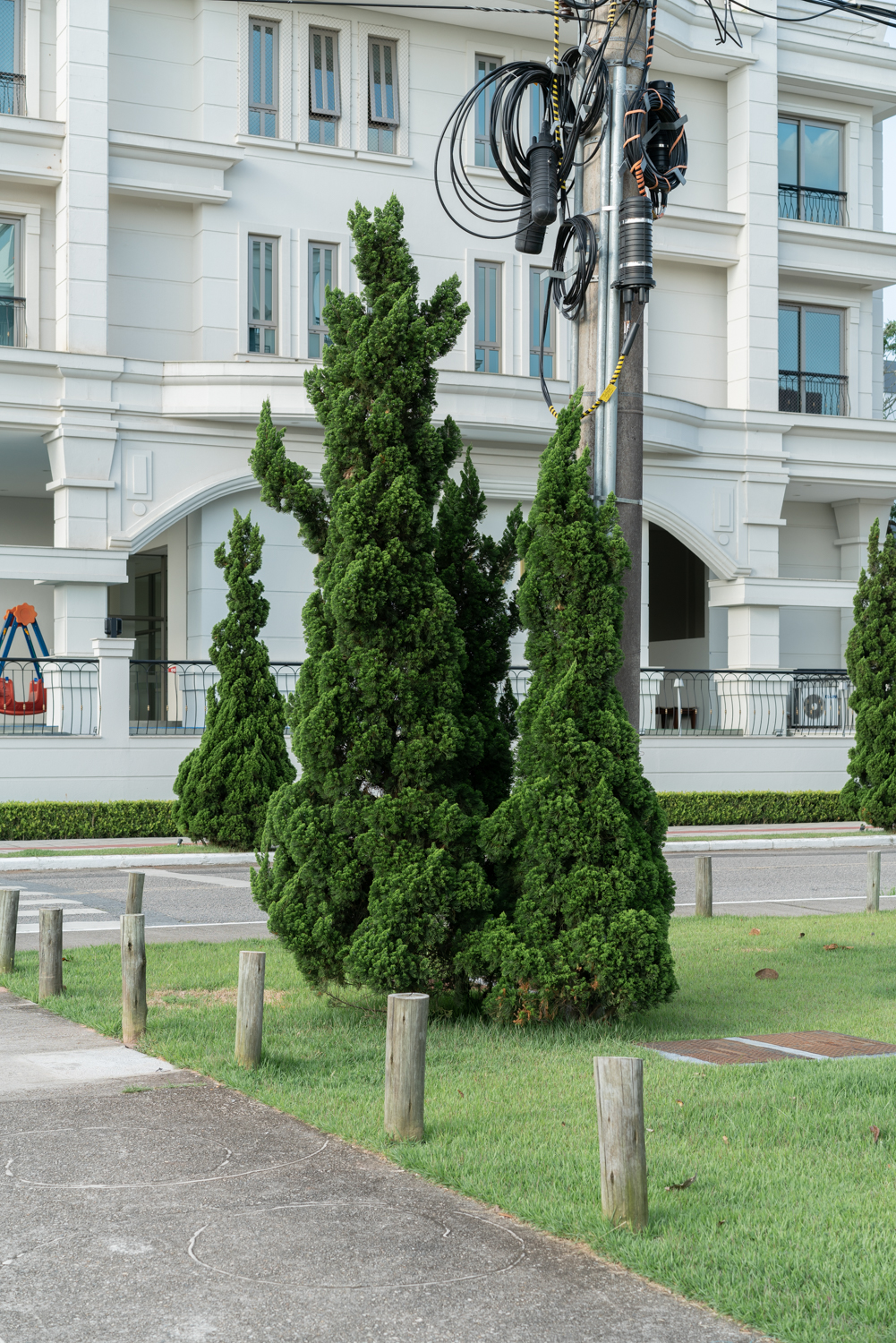
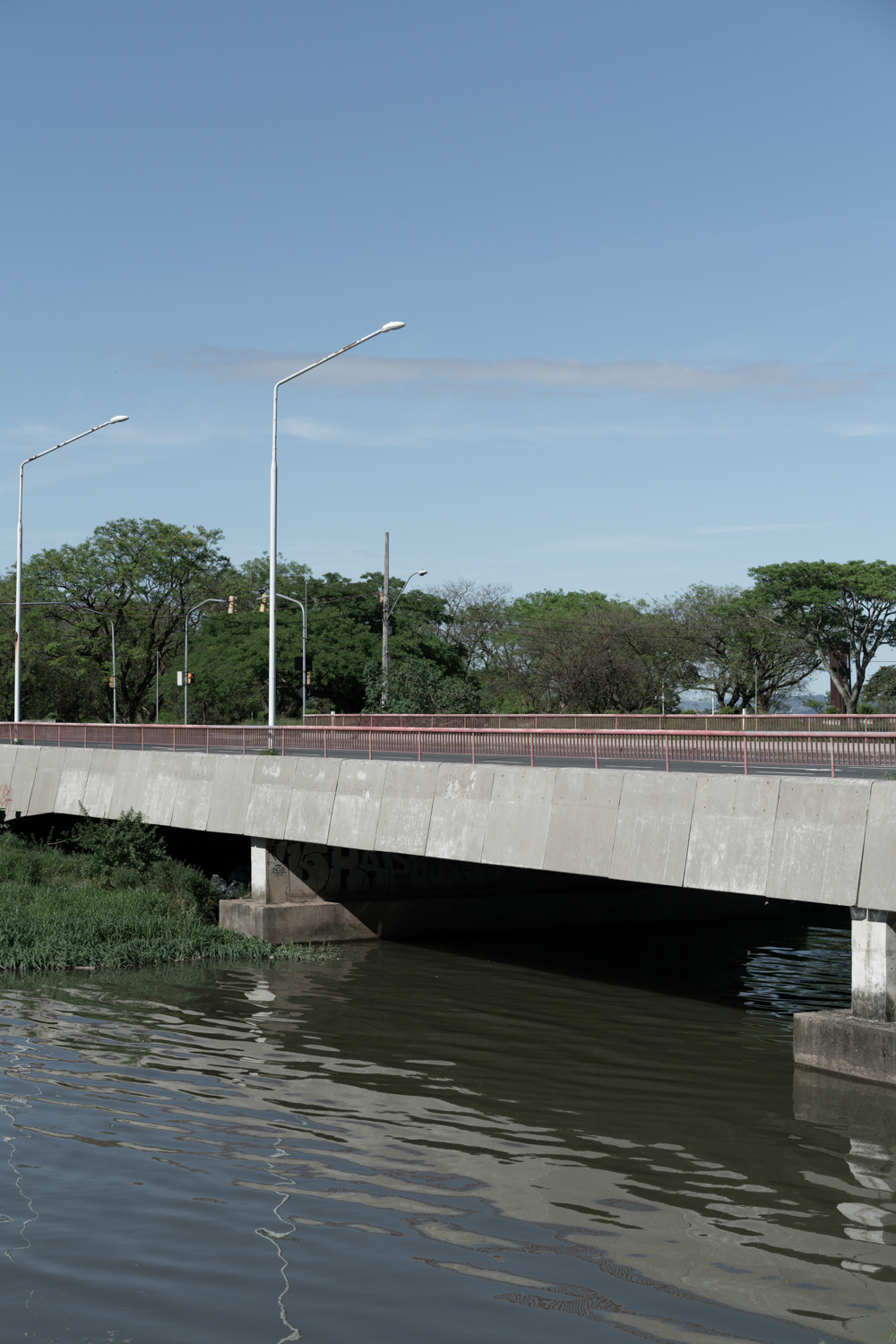
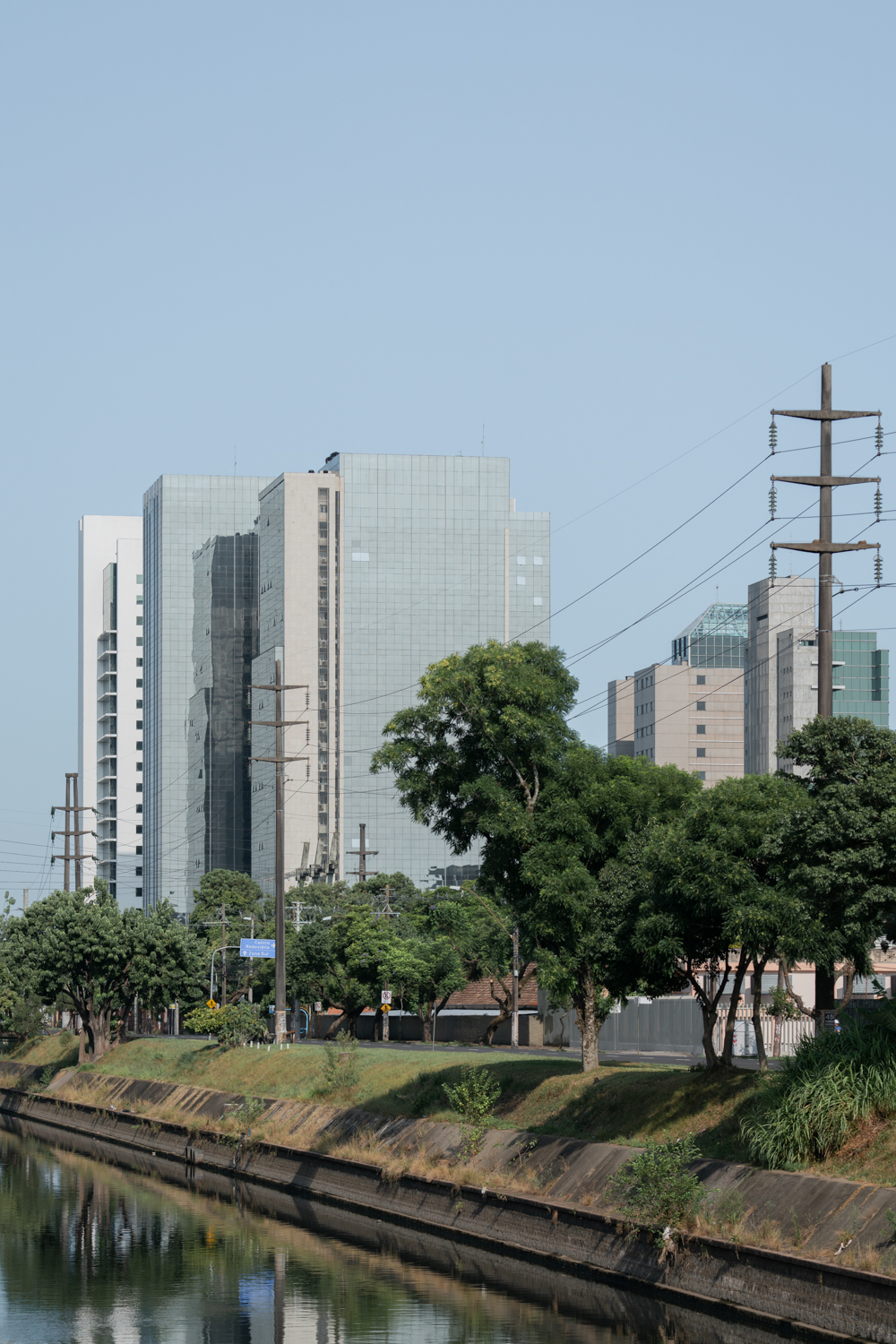

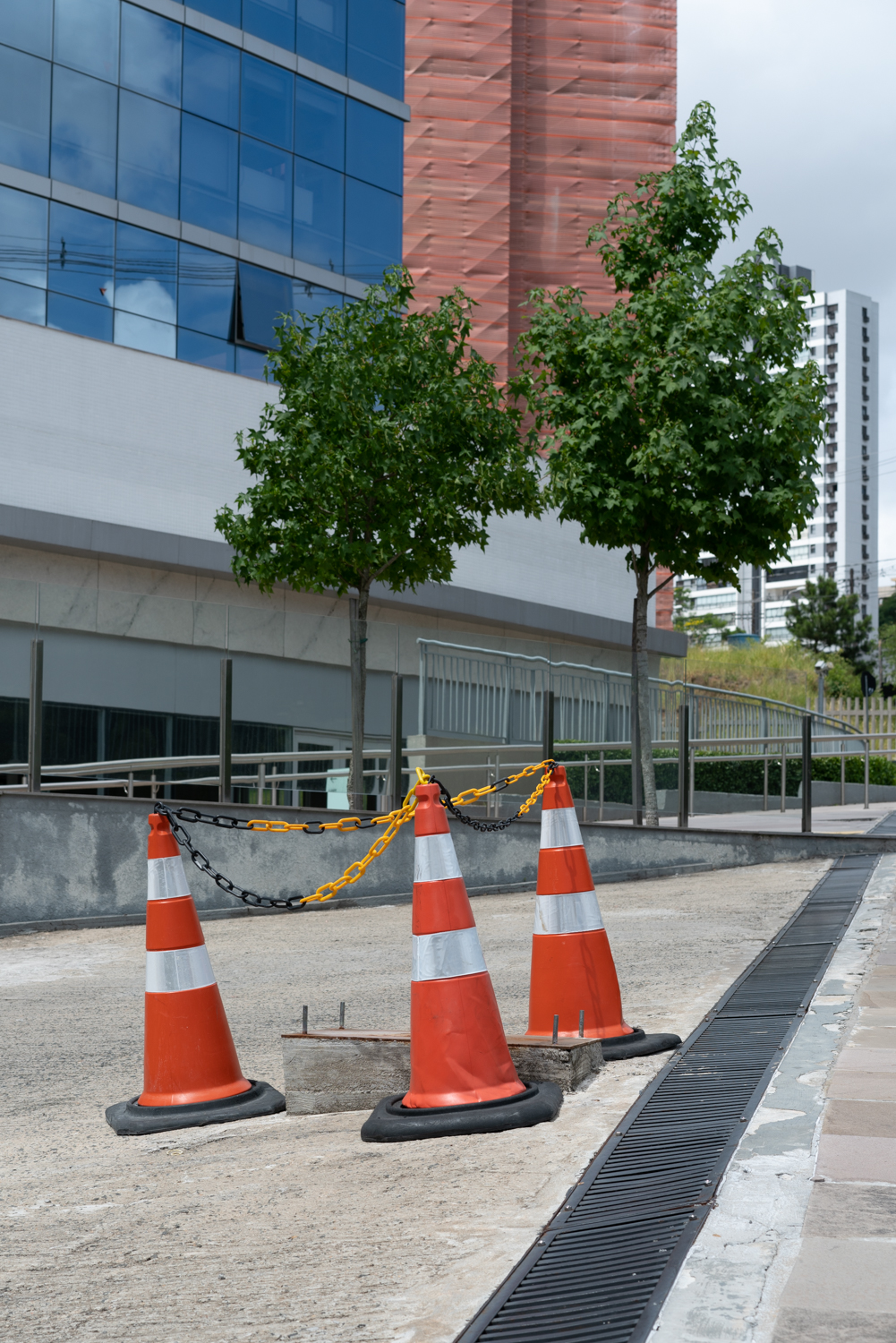
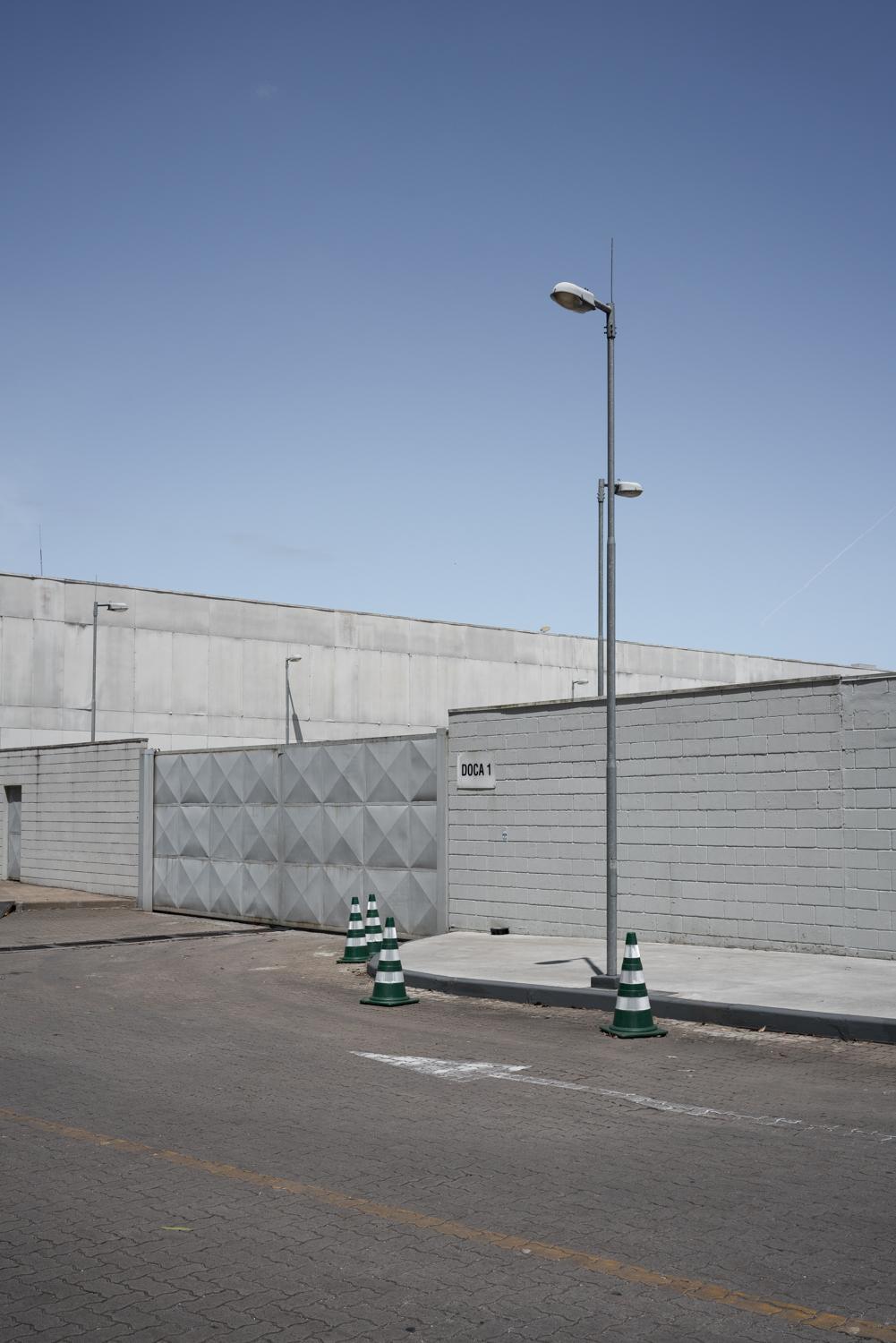
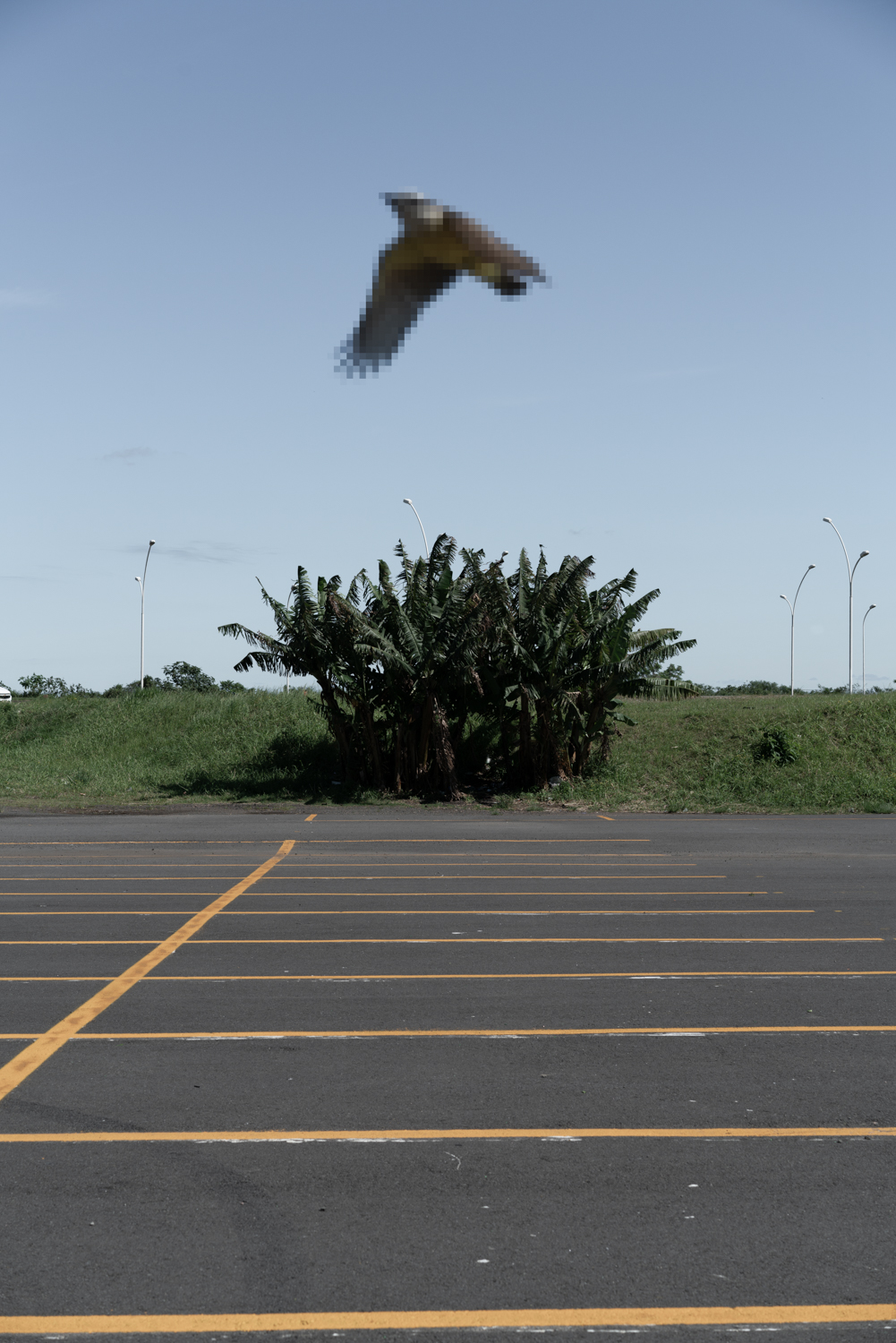
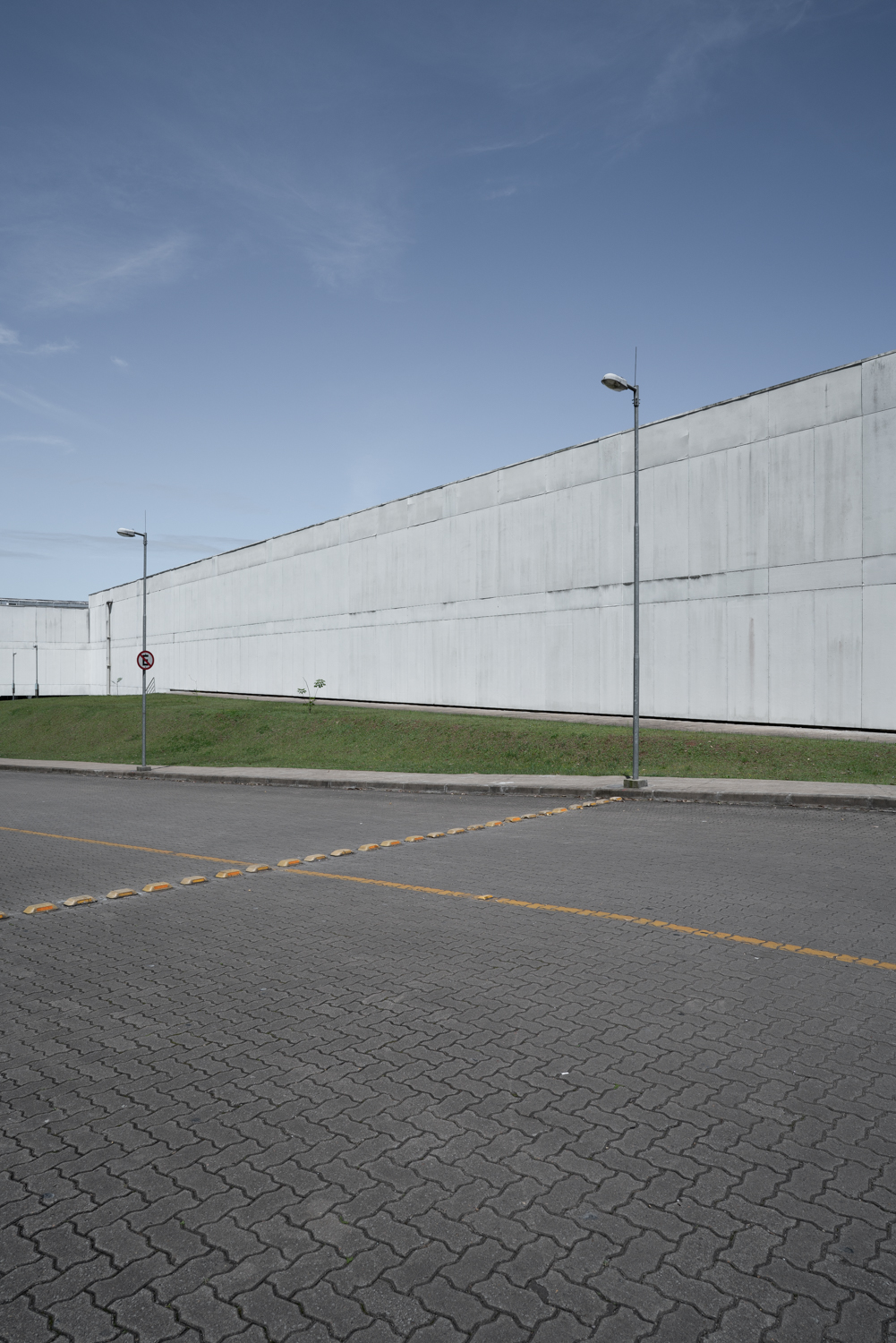
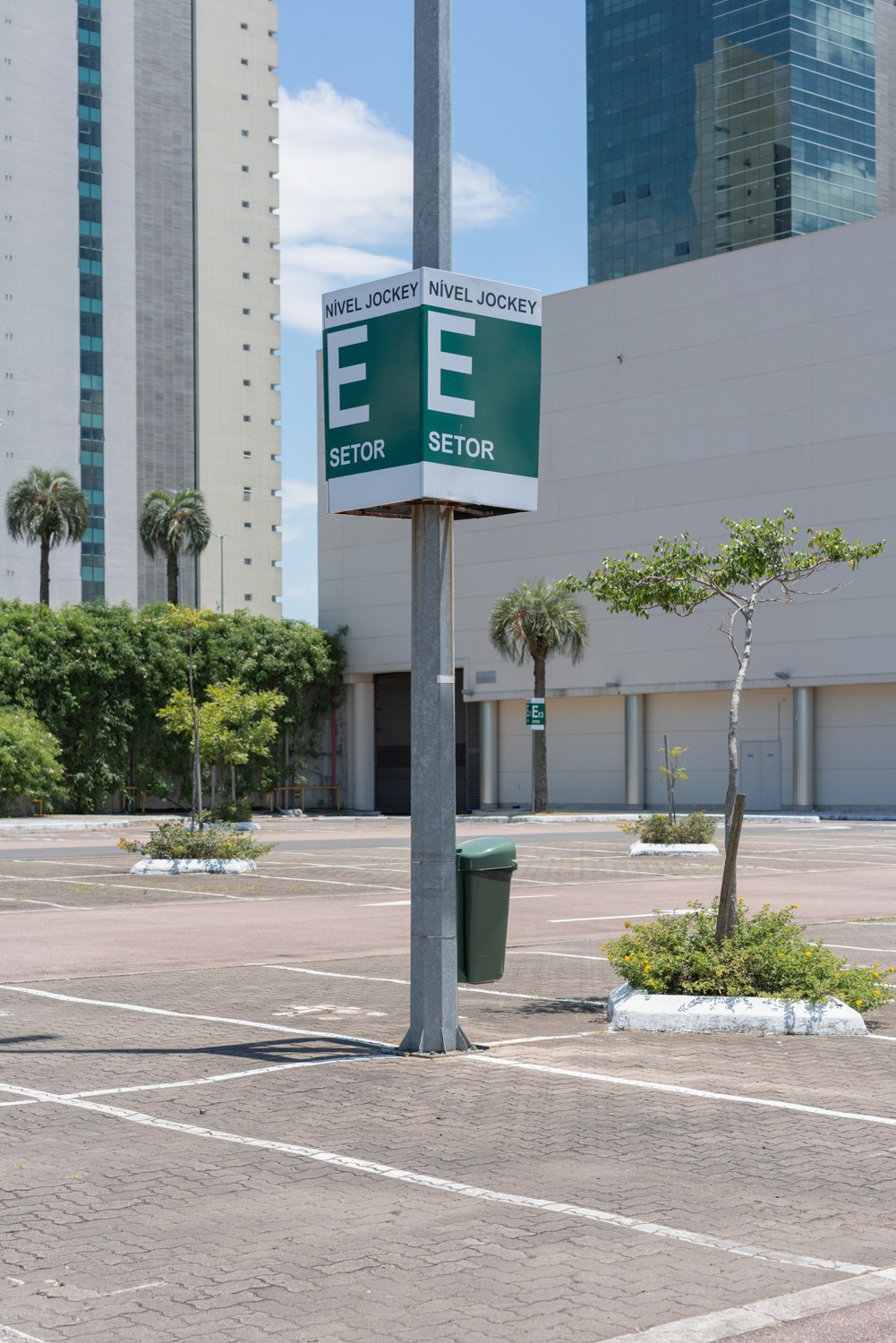
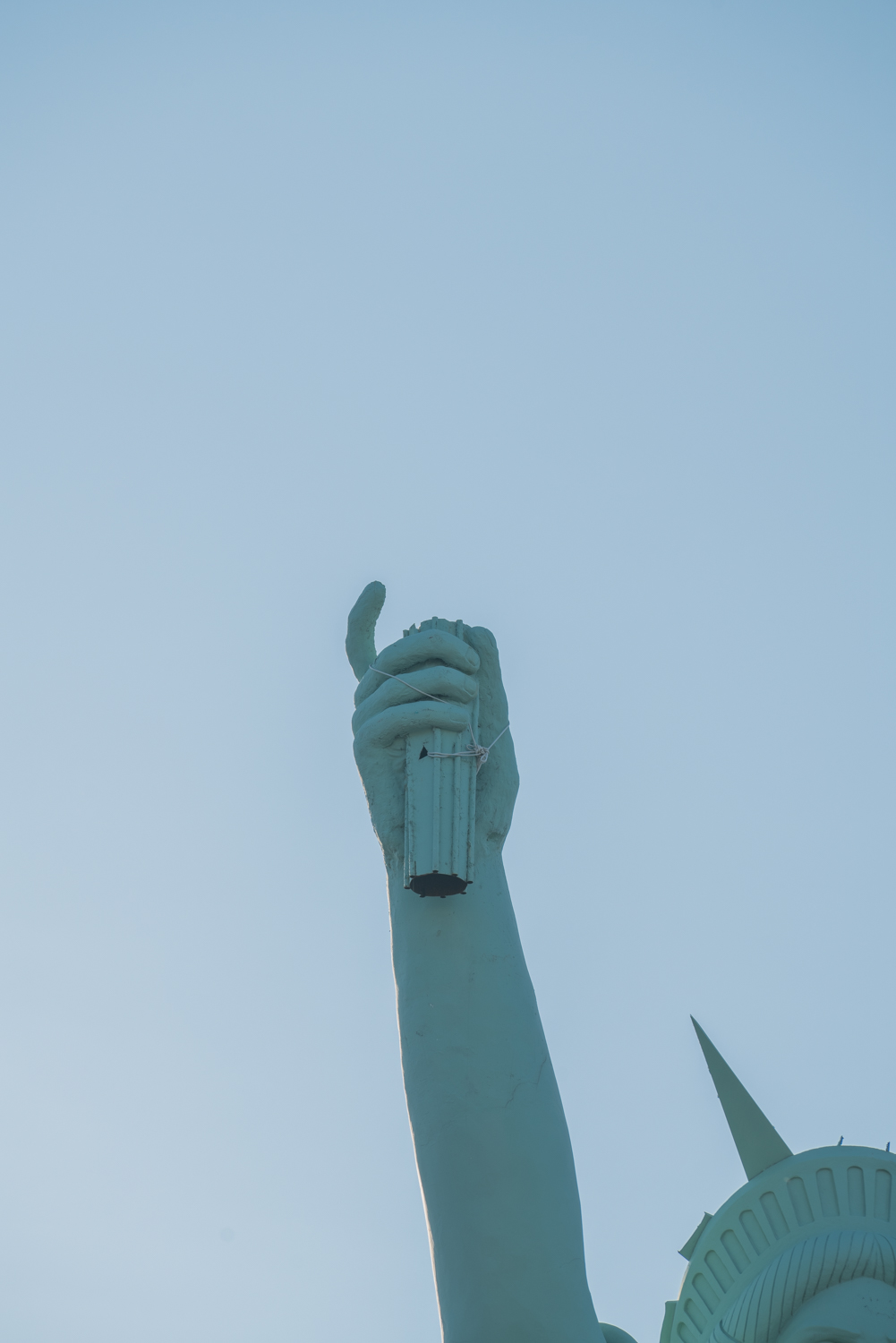
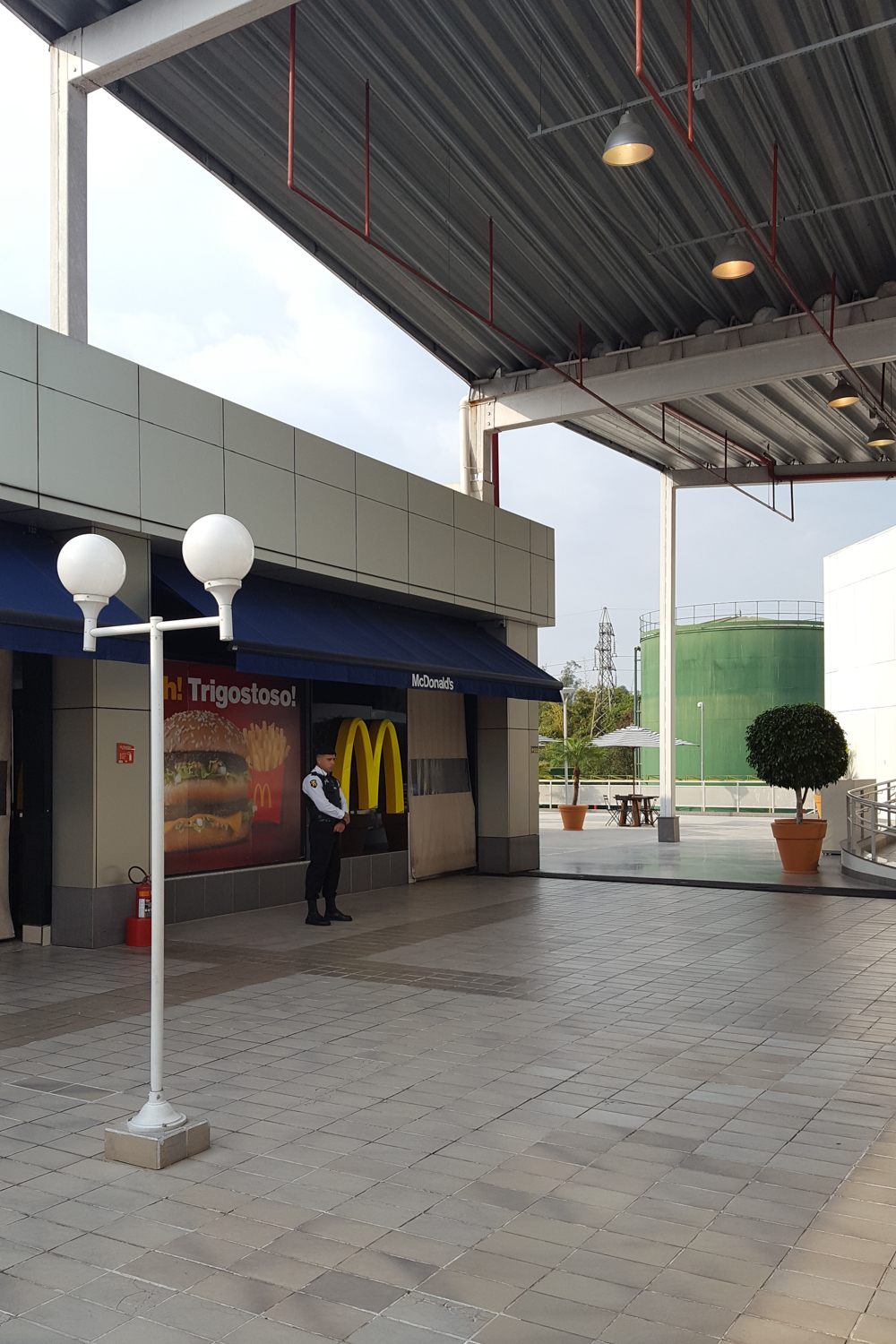
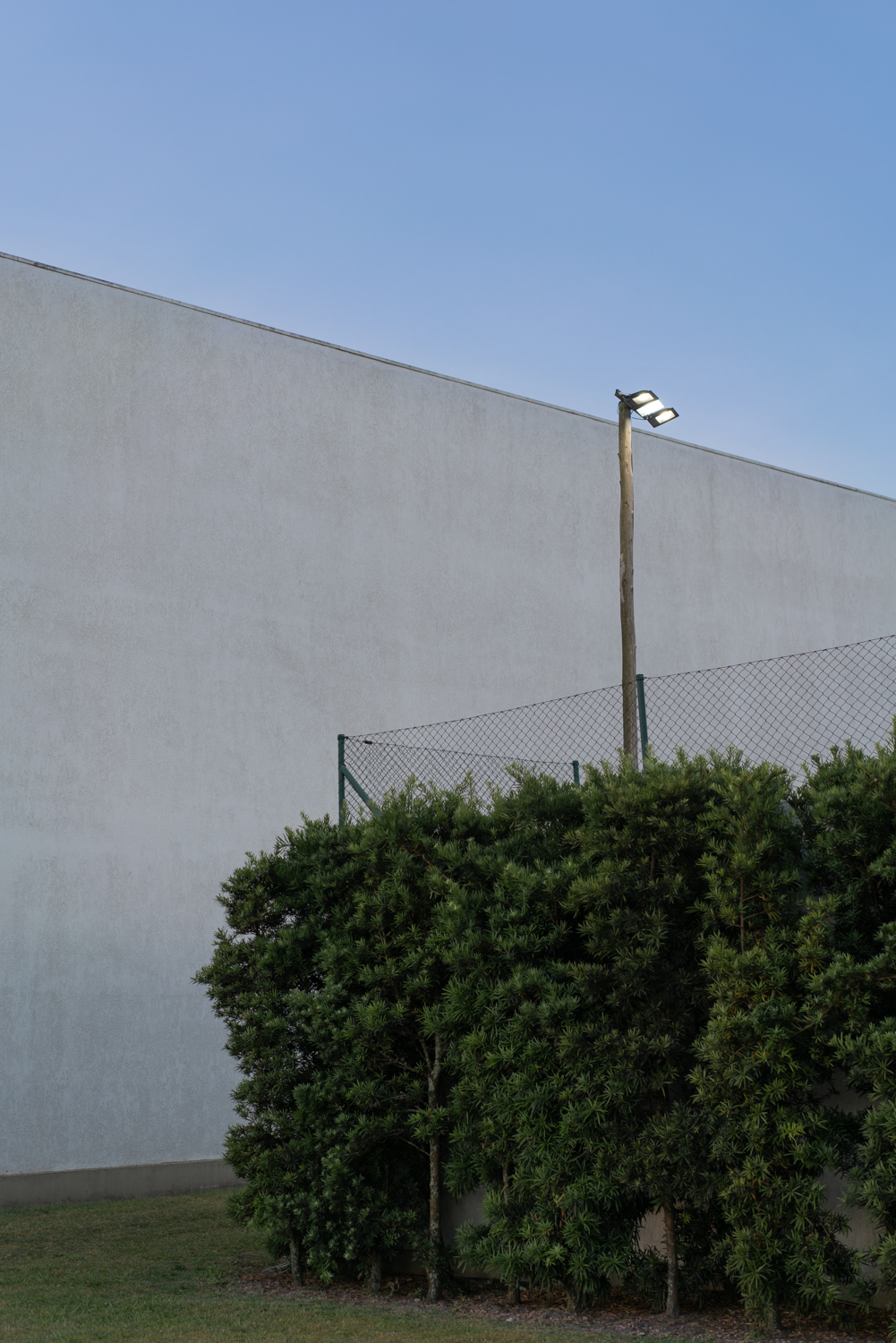
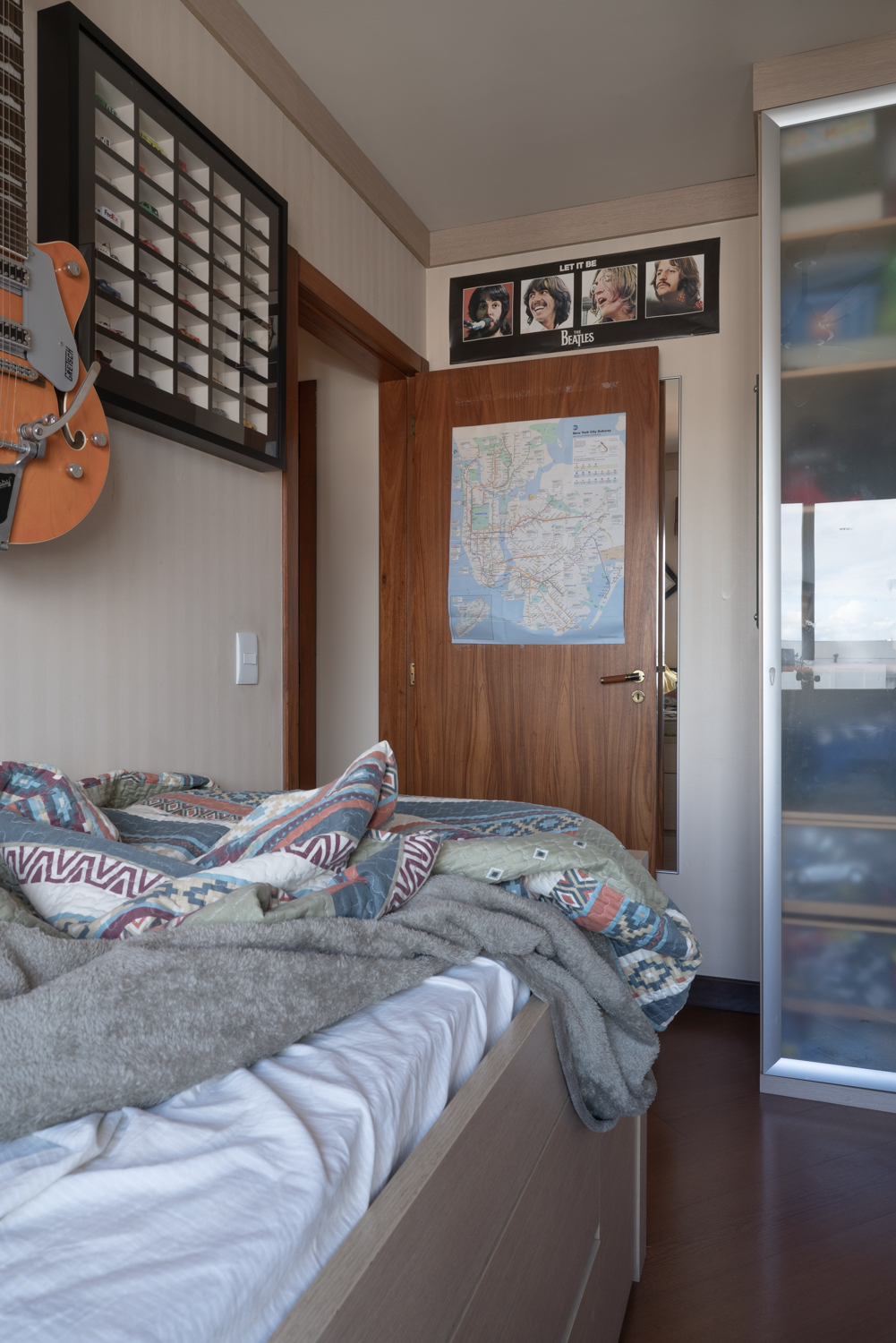
Cartas para Ultramares (proposta expositiva) (2020)
2020 a
individual
Installation proposal, 290x97cm
9 images printed in pigment on paper
(Virtual mockup)
Letters to Ultramarines is an installation proposal that combines images produced as part of the eponymous project. The work consists of 9 images printed with pigment on paper, the largest measuring 33x43cm and the other 23x30cm. In the proposal presented, the images are arranged over 2.9m in width and 97cm in height, but the work may be reconfigured (to some extent) depending on the available space.
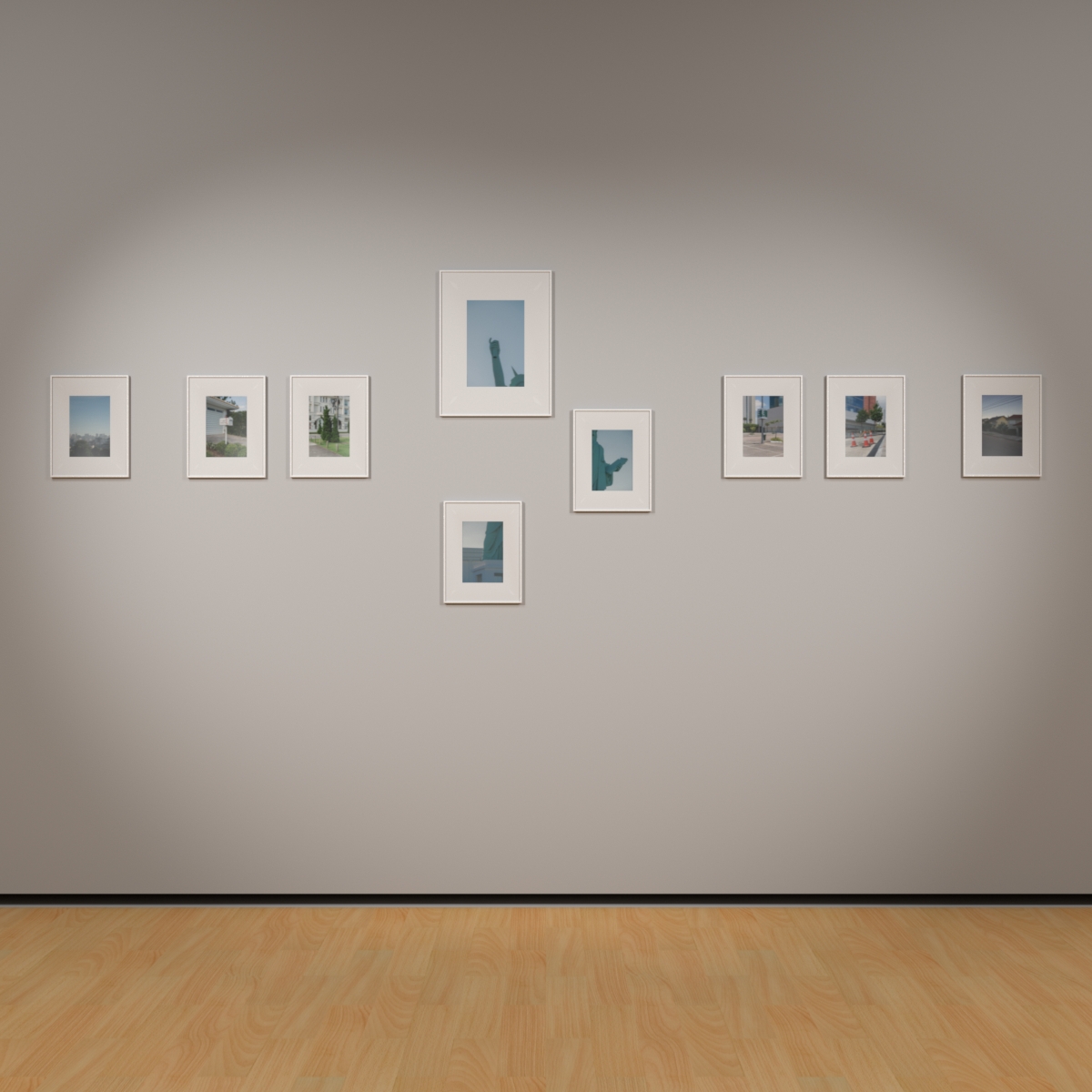
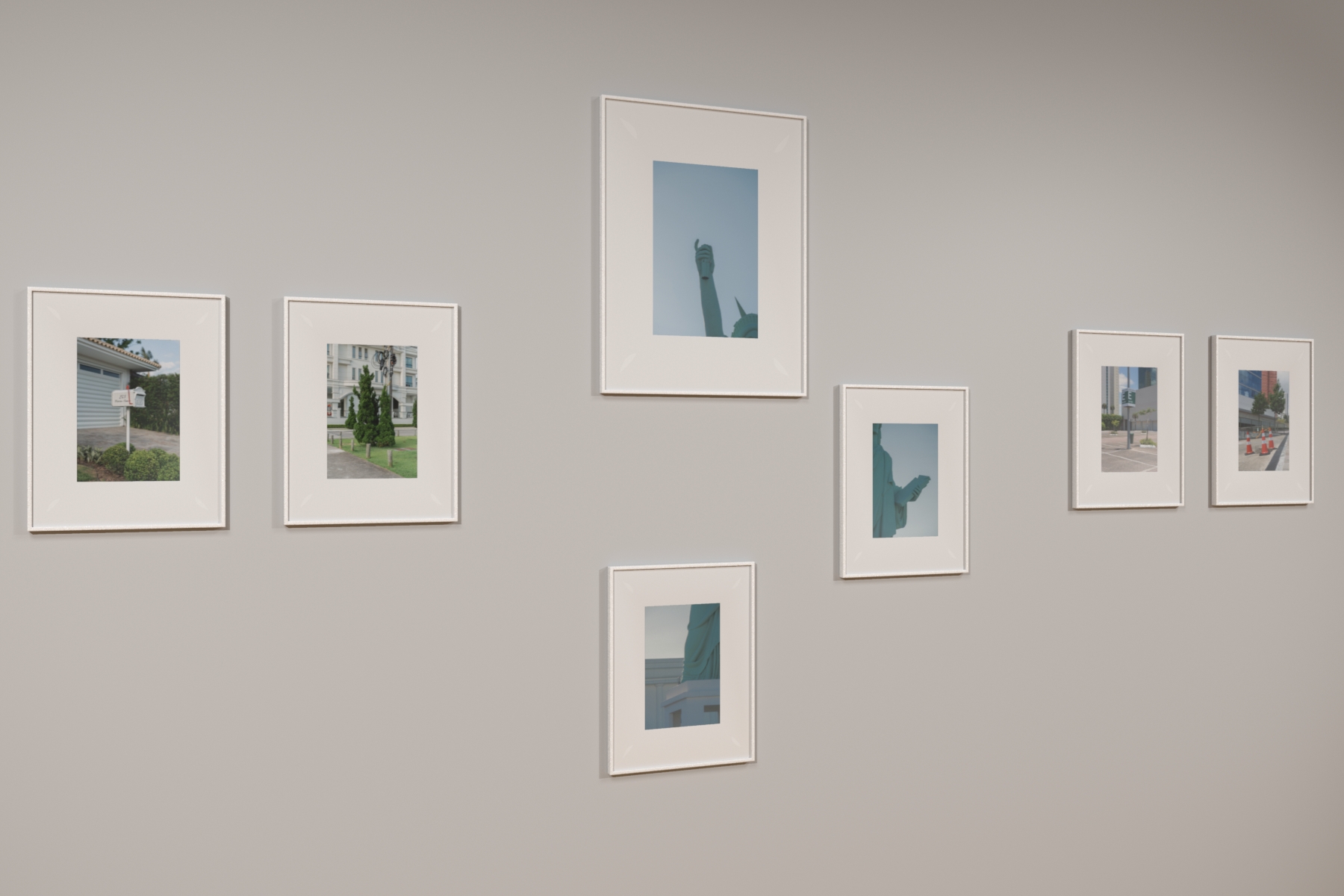
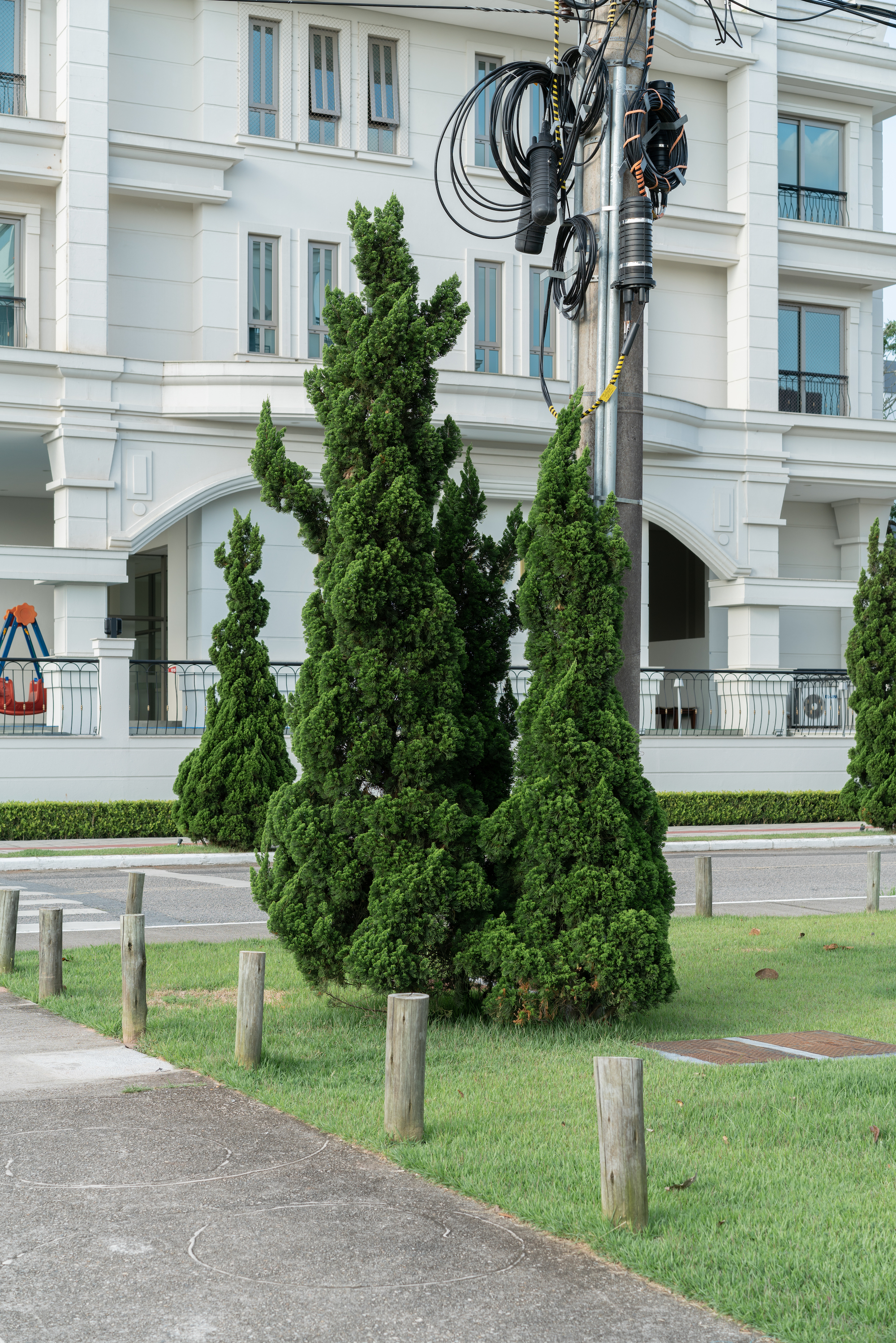
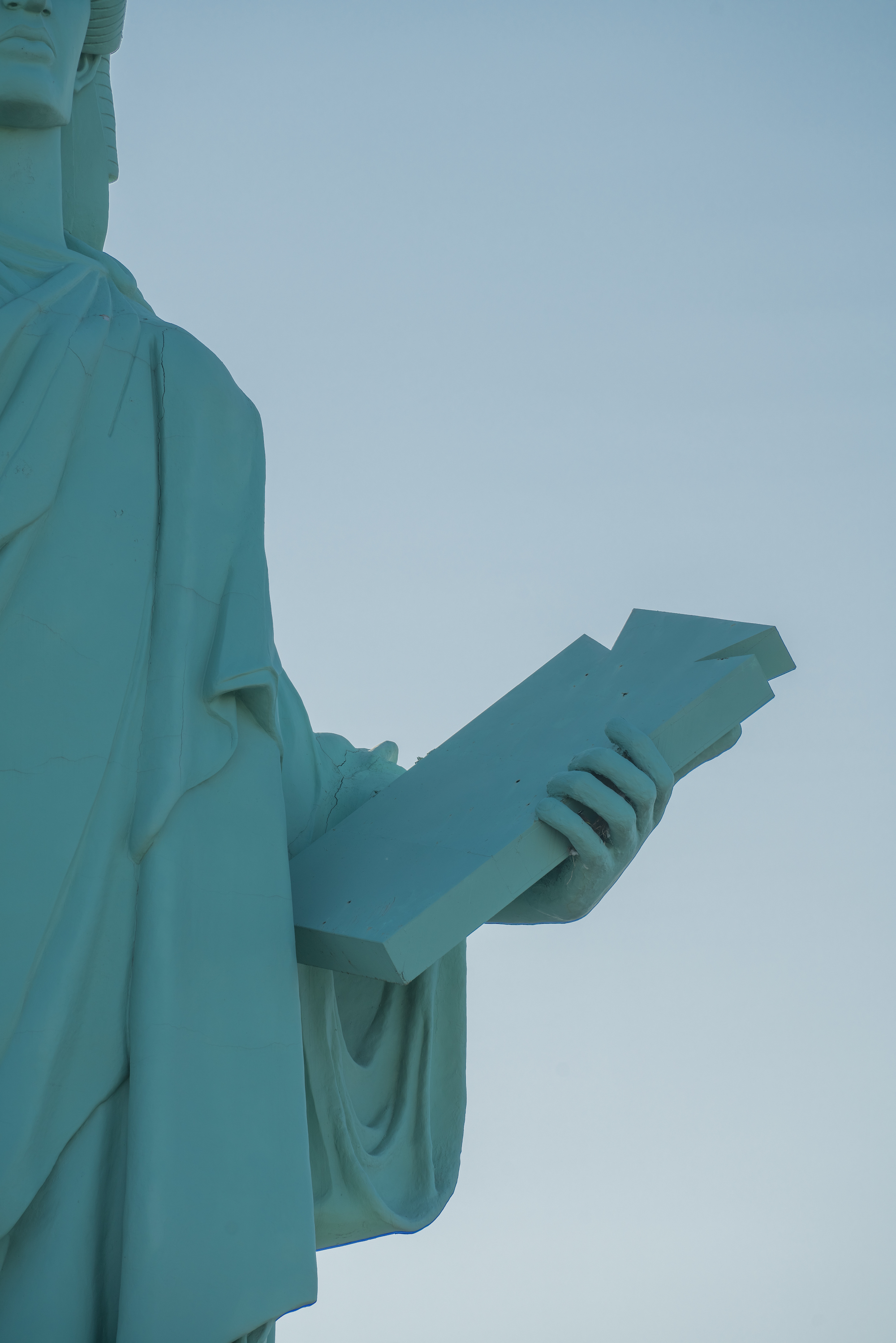
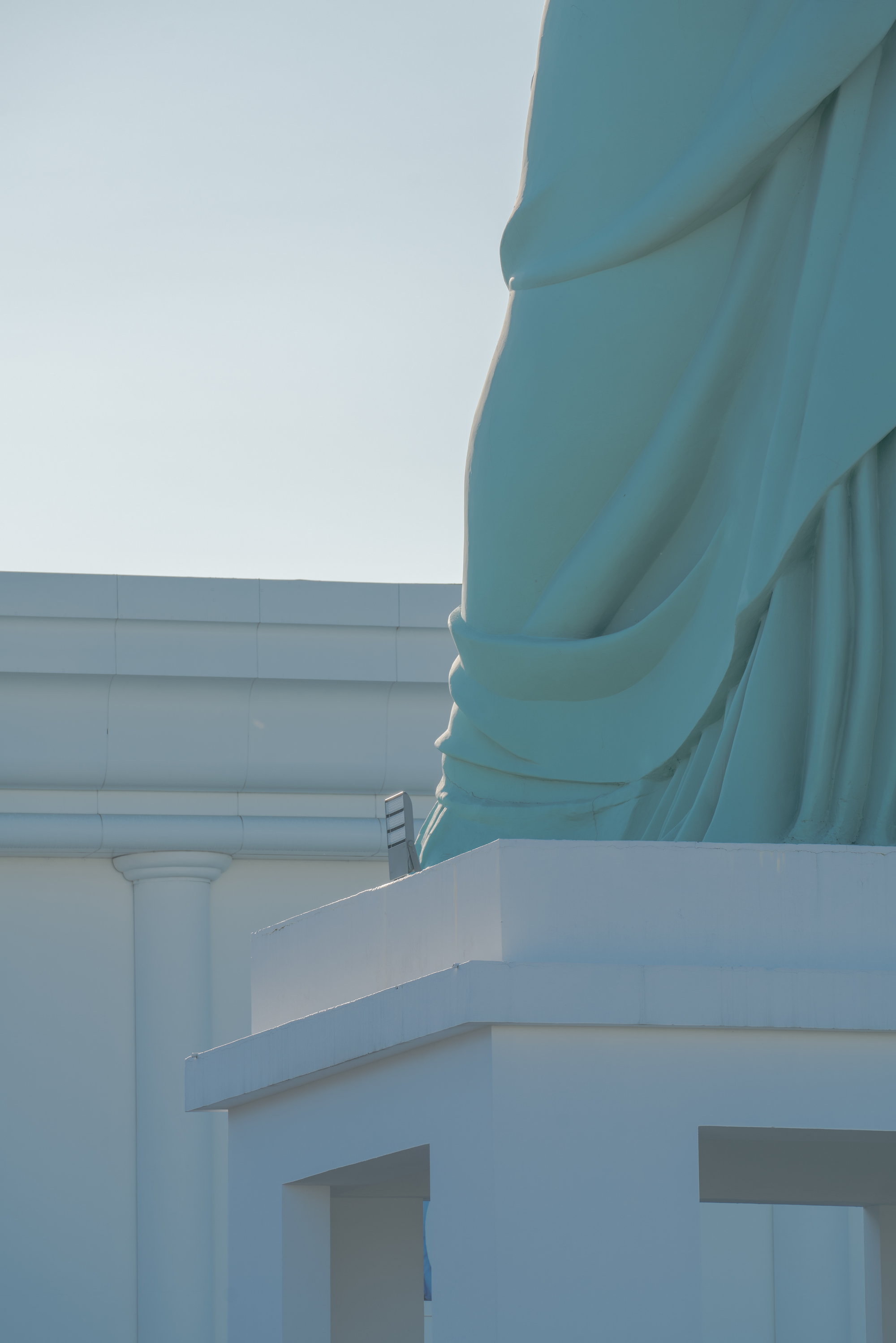

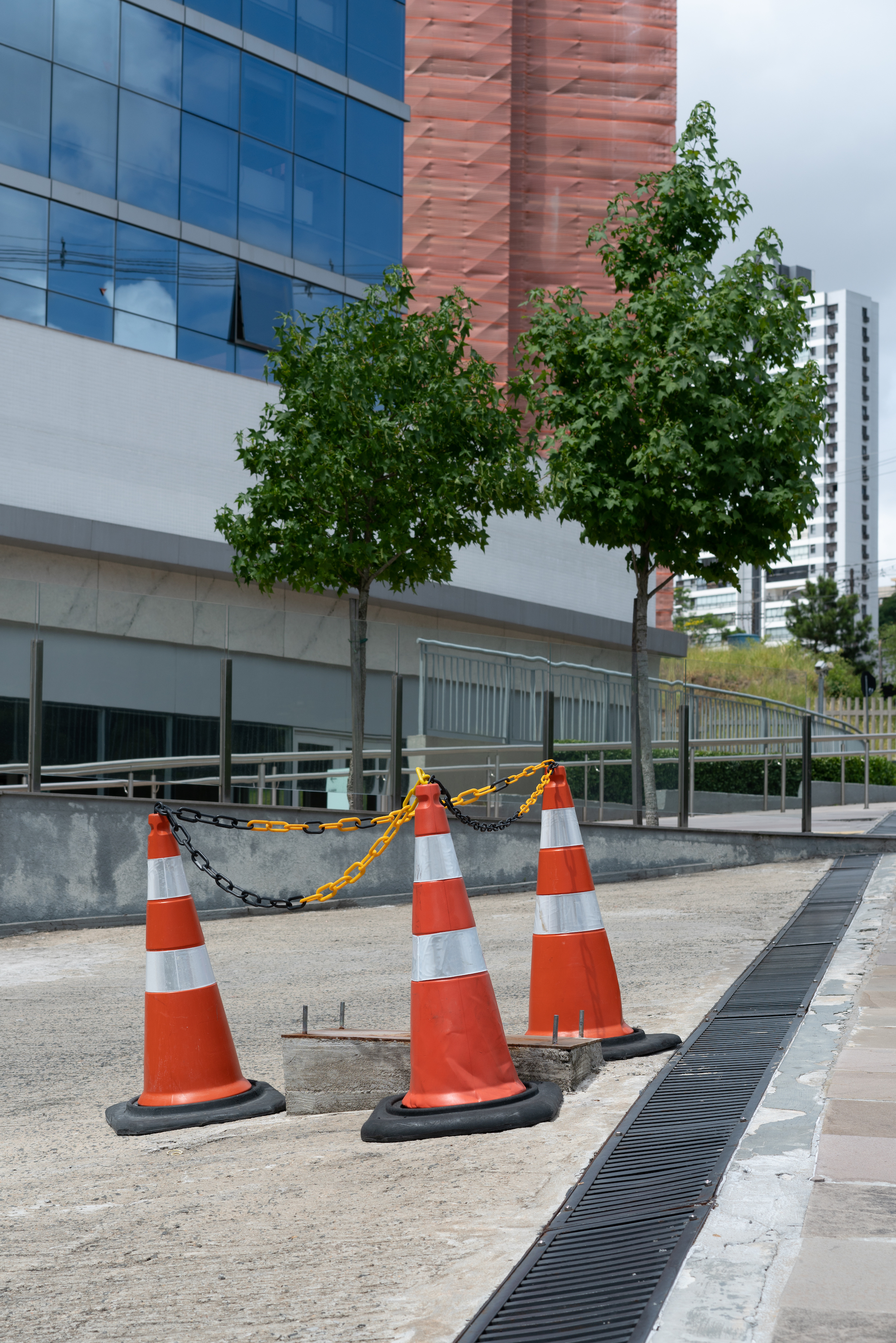
Bem-te-vi e bananeira (proposta expositiva) (2020)
2020 a
individual
Installative proposal, 340x81cm
4 images printed in pigment on paper and ambient audio in loop
(Virtual mockup)
Bem-te-ví e Bananeira [Bem-te-ví and Banana Tree] is an installation proposal, produced as part of the Letters to Ultramarine project, which combines digital collages and a sound piece, composed in collaboration with musician Zazá. The work consists of 4 images printed in pigment on paper (measuring 81x63cm each) and an audio piece (avaliable in portugues and english, 7 minutes long, reproduced in loop). In the proposal presented, the images are arranged over 3.40m in a preferably dark environment, but the work may be reconfigured (to some extent) depending on the available space.
I came across a banana tree in the empty parking lot of a large football stadium. I set up the tripod, adjusted the composition and exposure to my preference and clicked. When I checked the image, a small black blury spot – almost indistinguishable from the camera's small viewfinder – made me uncomfortable. Was the lens dirty? Or worse, the sensor? No. A bem-te-vi bird had crossed the frame just when I pressed the shutter.
The work features 4 digital collages built based on this photograph. The sound piece, composed in collaboration with the Brazilian musician Zazá, juxtaposes elements such as the singing of bem-te-vi bird and political speeches that are striking in our historical moment, both digitally altered to the point of depriving them of familiarity. The sound piece is still support and support for 6 poems, composed as part of the project.
The work seeks to enhance, through its sound and visual components, the agency of the native bird that imposed itself on the composition. Creating an atmosphere of discomfort and strangeness, the work sets out to stress the opposition between the native good-te-ví and the banana tree, an exotic symbol of latent interference in Latin American ecosystems.
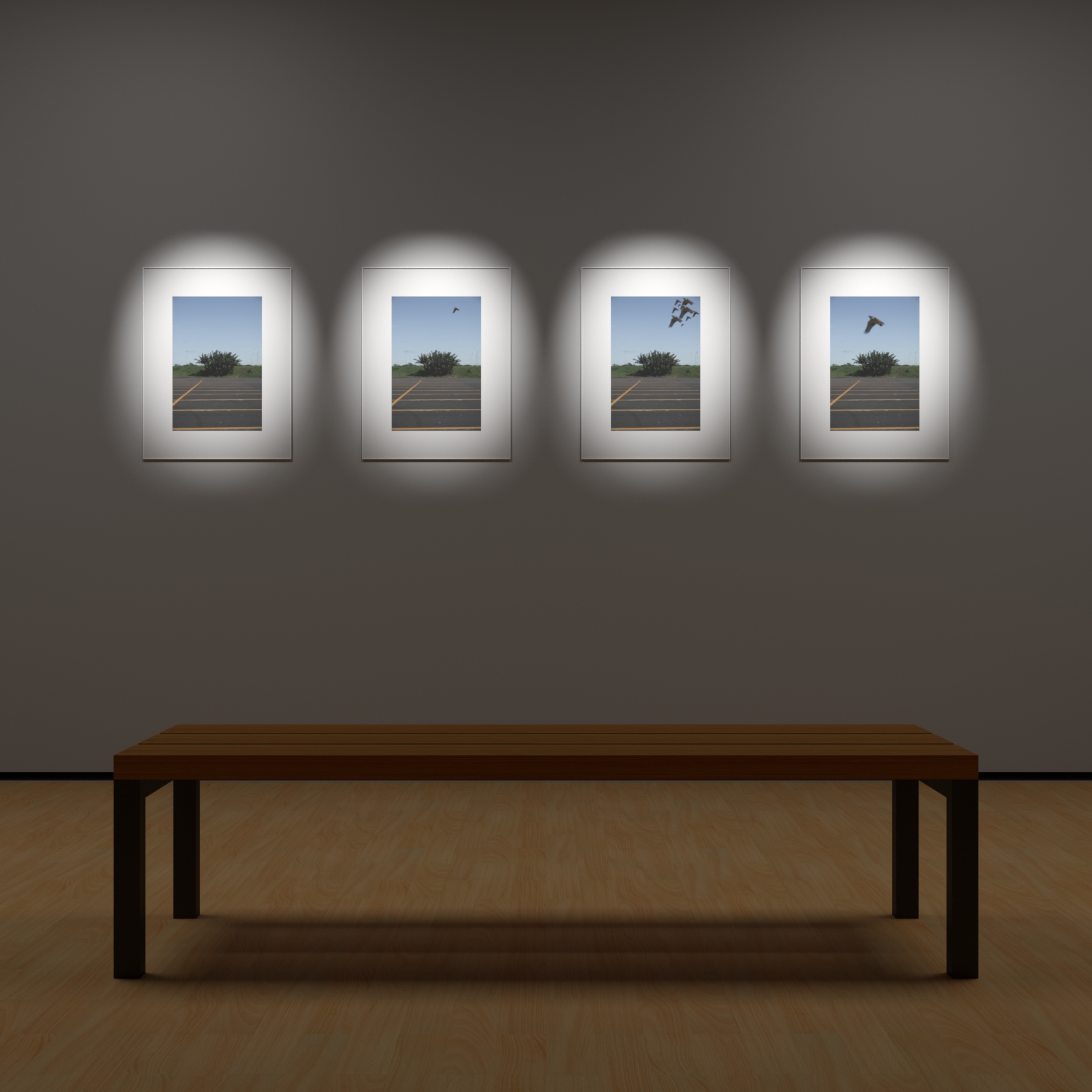
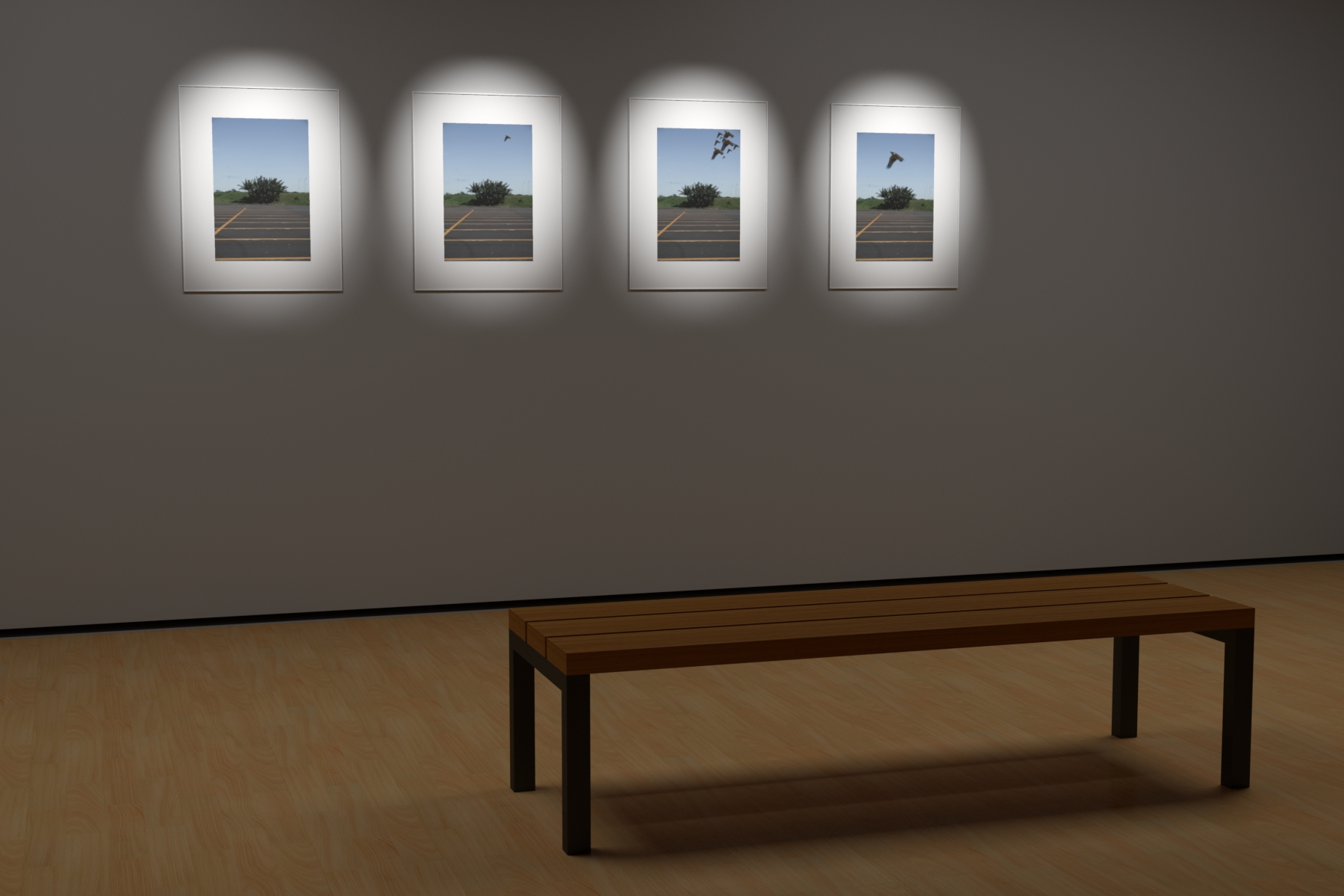
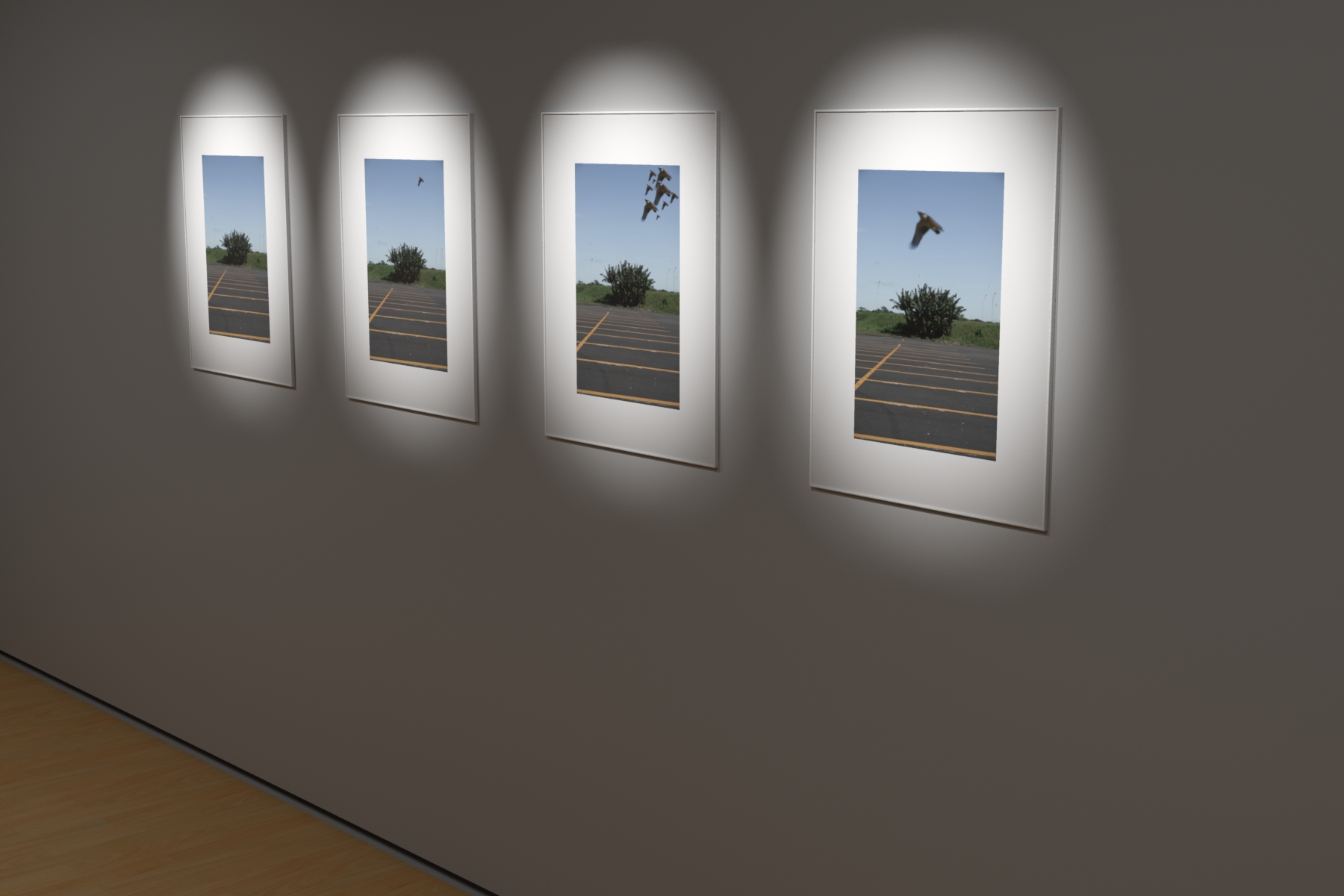
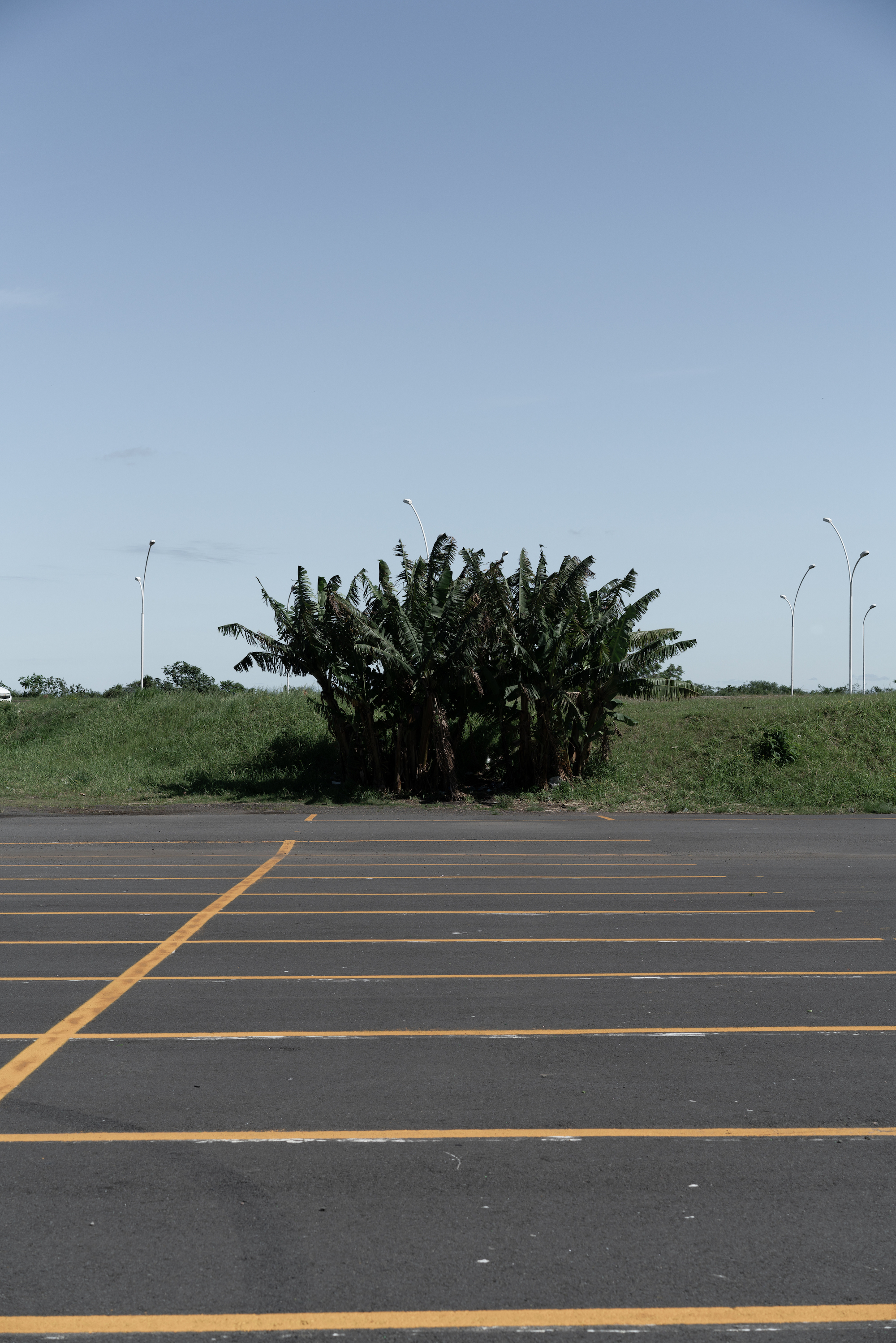
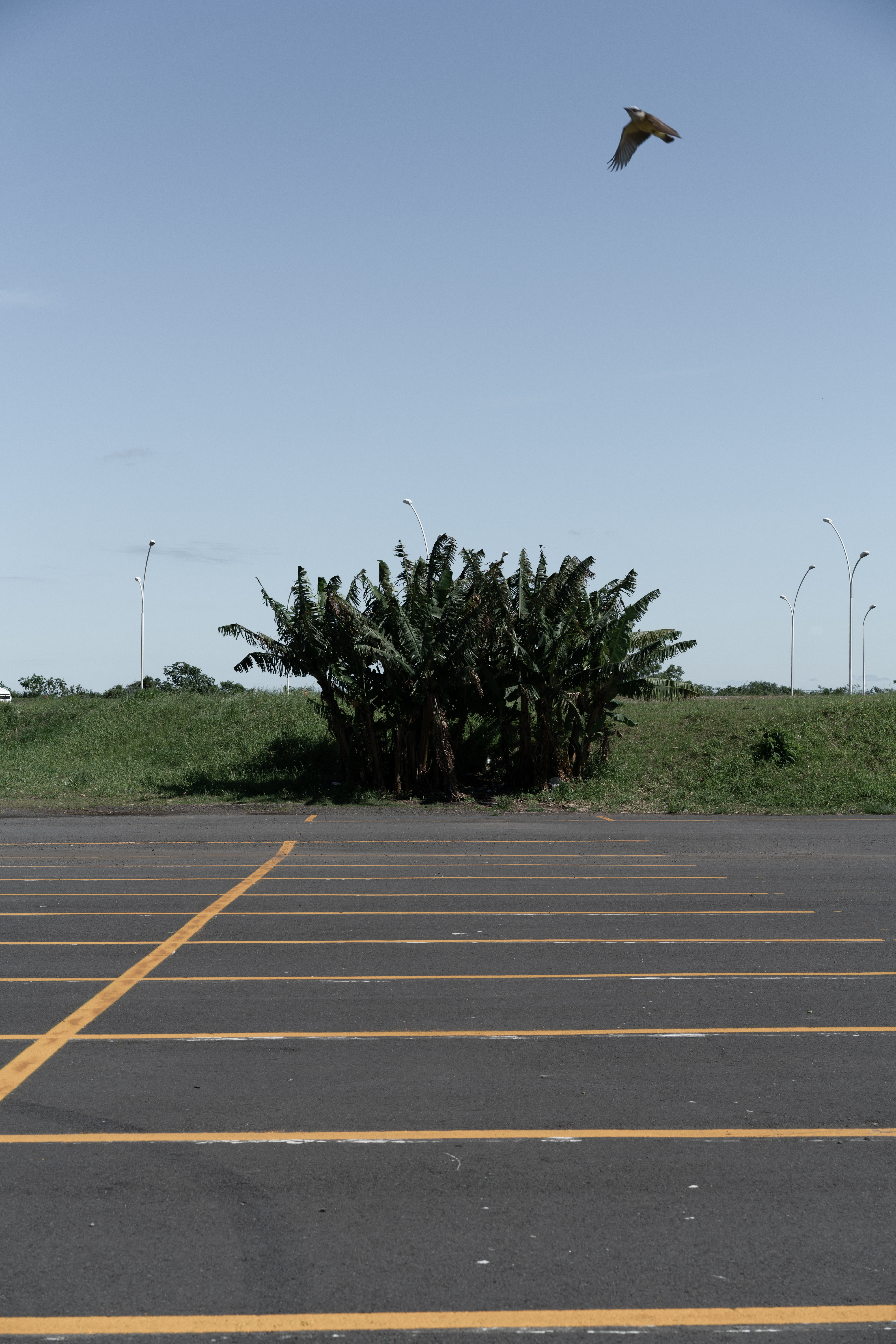
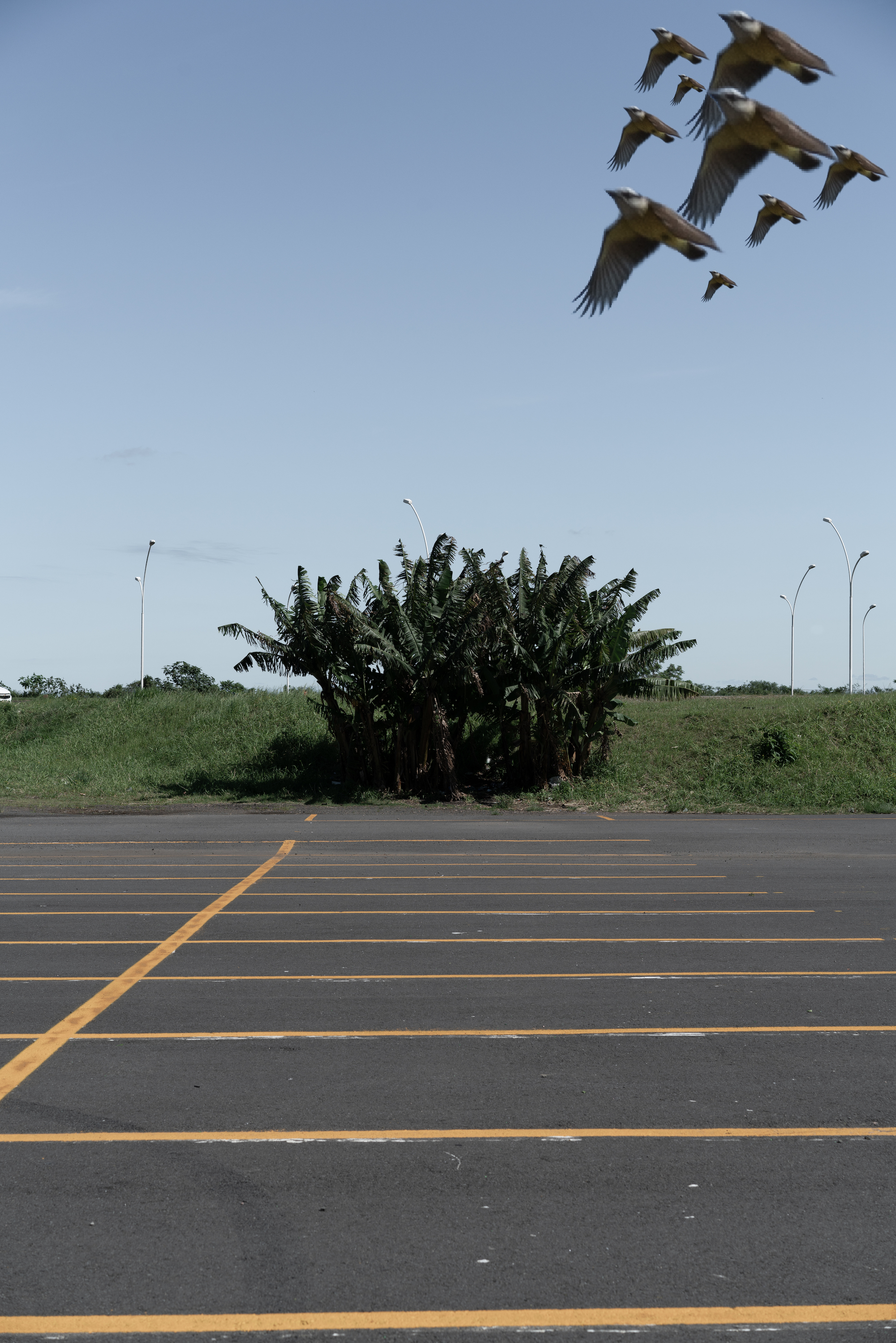
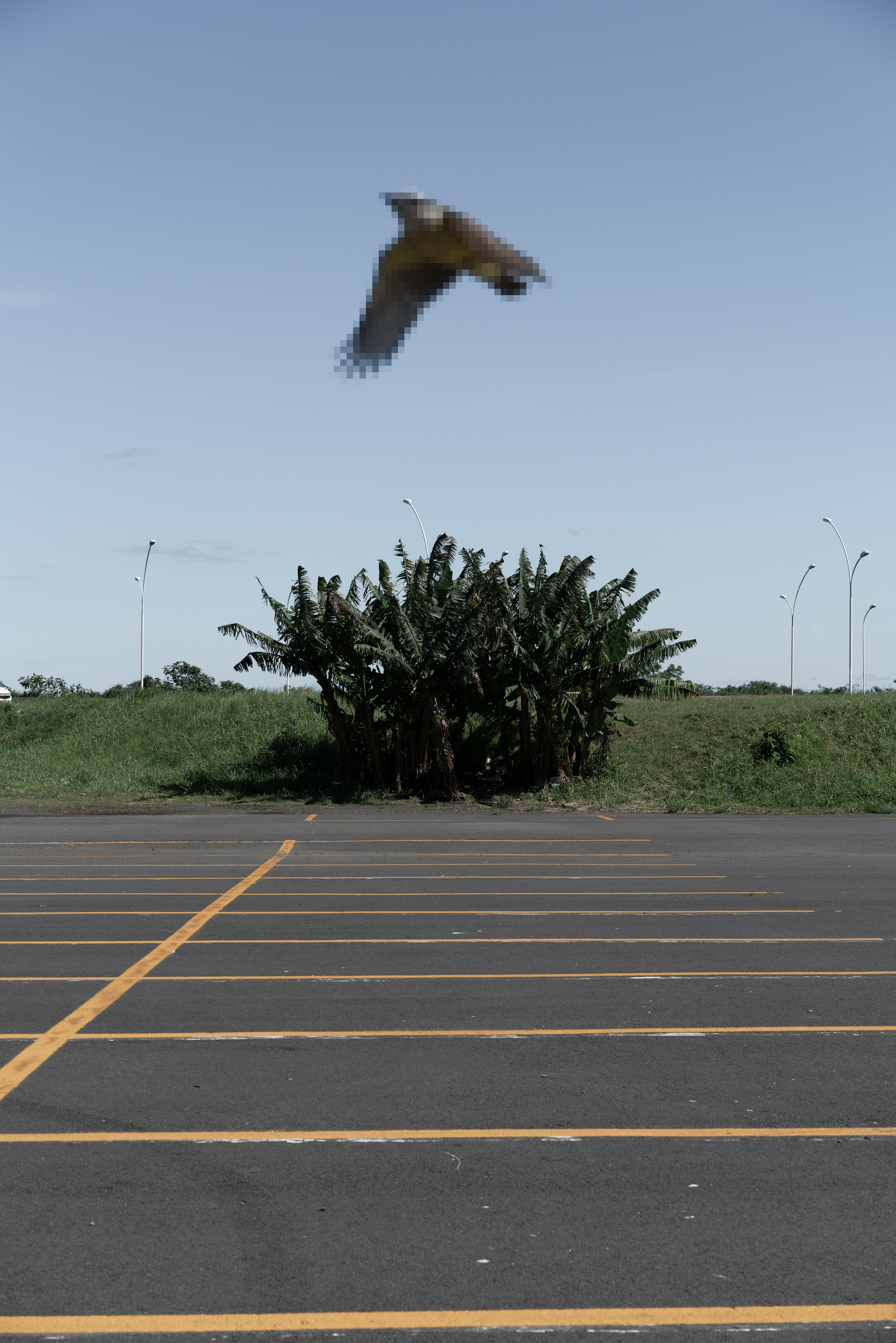
Notes on Space (20/08/2020)
Odesa Photo Days
Odessa, Pol?nia
20/08/2020 a 01/10/2020
individual
Notes on Space is an exhibition curated by Tytus Szabelski and hosted by the Odesa Photo Days, in Poland, as part of the 3rd cycle of Parallel Platform. The exhibition, which features Gustavo Balbela's Letters to Ultramarine "aims to shed light on different elements" of the entangled relation between space and its inhabitants. "From the playfulness and creativity of children, creating imaginary spaces from given elements, to the very instrumental role subscribed to the construction workers. And from the abstract interactions with surroundings, to the ideologically saturated, artificial suburban neighbourhoods. Space was and is politicised, gender-biased, and might be even more so in the future, if we fill it with artificial intelligence, fuelled by biased data collected in the past and present. But even today we see our cities, towns and villages changing due to politicians’ will, ideology or huge private investments, tearing apart what was once public and common."
On the exhibition's essay, Tytus comments that despite the fact that "ground that we built our reality on is shaking, the world is not going to stop globalizing. The capitalist economy, the mode of “production of space” as Henri Lefebvre put it, made our cities and towns look as similar as probably never before. In the Eastern Europe, where I come from, we used to call this process “modernization”. For years we have been told about the need to catch up with the West in every aspect. And this process is vividly seen in urban space. But somehow, what seem to matter the most are appearances. From biggest cities to provincial towns, tens of millions and hundreds of thousands were spent on refurbishment, renewal, revitalization etc. Yet the lack of deep, structural improvements resulted in conservative, reactionary populists taking power.
The aesthetic changes, on the other hand, seem to be enough only for those who are already privileged in a given society. Living in a rich neighborhood that looks as taken straight from an American suburbs, is not an improvement — be it in Eastern Europe or South America — it’s a confirmation of one’s social and economic status. Erected in a spirit of postcolonial mimicry, such spaces state that there is some ultimate pattern out there, outside, that we aspire to repeat. To change the division of labour, power, wealth and abilities, real structural changes are needed in political, social and physical space."
The exhibition (that also featured the works of David Barreiro, Caroline Kolkman, Carola Lampe and Sara Perovic) was moved online due to the COVID-19 pandemic. In addition to the virtual exhibition and the publication of a printed catalog, Odesa Photo Days also hosted a virtual opening with the participation of the artists the curator that can be watched below.
Links
